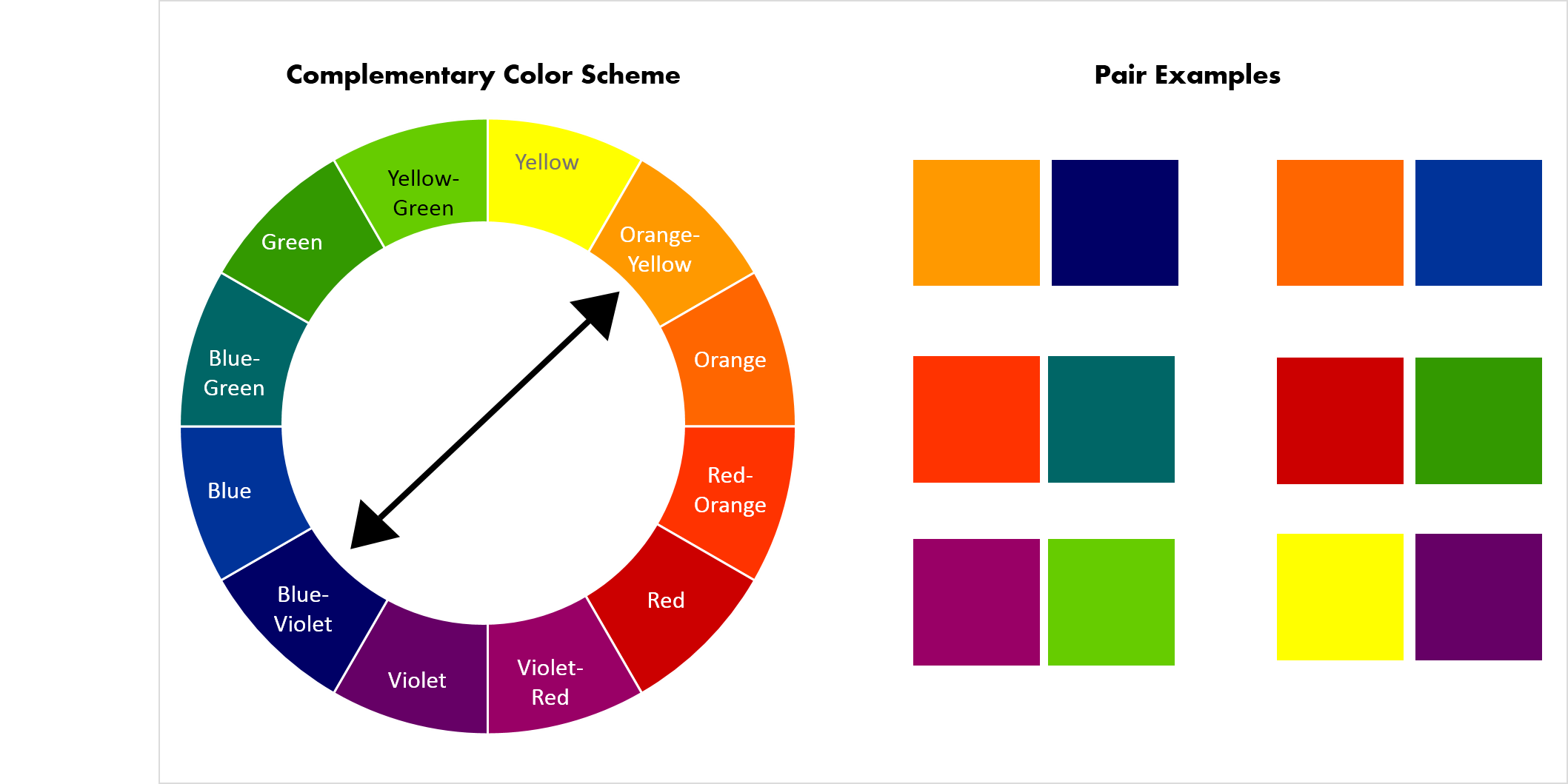1. Neutral color scheme
A neutral color scheme is a popular choice for living rooms as it creates a calm and soothing atmosphere. This color scheme includes shades of white, beige, gray, and taupe, making it easy to incorporate into any design style. The neutral colors also act as a blank canvas, allowing you to add pops of color through accessories or artwork. Neutral colors are also timeless, so you won't have to worry about constantly updating your living room's color scheme.
2. Monochromatic color scheme
A monochromatic color scheme involves using different shades of the same color. This creates a cohesive and harmonious look in your living room. For example, if you choose blue as your main color, you can use different shades of blue for your walls, furniture, and accessories. This color scheme is perfect for those who want a subtle yet sophisticated look for their living room.
3. Complementary color scheme
A complementary color scheme involves using colors that are opposite each other on the color wheel. This creates a bold and eye-catching look in your living room. For example, you can pair blue with orange or green with purple. The key to making this color scheme work is to balance out the colors, so one doesn't overpower the other. You can achieve this by using one color as the main color and the other as an accent color.
4. Analogous color scheme
Similar to a monochromatic color scheme, an analogous color scheme involves using colors that are next to each other on the color wheel. This creates a more subtle and cohesive look compared to a complementary color scheme. For example, you can pair blue with green or yellow with orange. This color scheme works well for those who want a pop of color in their living room without it being too overwhelming.
5. Triadic color scheme
A triadic color scheme involves using three colors that are evenly spaced on the color wheel. This creates a vibrant and energetic look in your living room. For example, you can pair red, yellow, and blue together. The key to making this color scheme work is to use one color as the dominant color and the other two as accent colors.
6. Tetradic color scheme
A tetradic color scheme involves using four colors that are evenly spaced on the color wheel. This creates a rich and diverse look in your living room. For example, you can pair blue, green, orange, and purple together. This color scheme works well for those who want to incorporate multiple colors into their living room's design.
7. Warm color scheme
A warm color scheme includes shades of red, orange, and yellow. These colors are associated with warmth, energy, and positivity. Using warm colors in your living room can make it feel cozy and inviting. You can also use warm tones as accent colors in a neutral or monochromatic color scheme to add a pop of color.
8. Cool color scheme
A cool color scheme includes shades of blue, green, and purple. These colors are associated with calmness, tranquility, and relaxation. Using cool colors in your living room can create a peaceful and serene atmosphere. You can also use cool tones as accent colors in a neutral or monochromatic color scheme to add a touch of color.
9. Earth tone color scheme
An earth tone color scheme includes shades of brown, green, and gray. These colors are associated with nature and can create a warm and inviting atmosphere in your living room. You can also use earth tones as accent colors in a neutral or monochromatic color scheme for a more natural and organic look.
10. Contrasting color scheme
A contrasting color scheme involves using colors that are opposite each other on the color wheel, such as black and white. This creates a bold and modern look in your living room. You can also use contrasting colors in a monochromatic color scheme to add interest and depth to your living room's design.
The Perfect Colour Combo for Your Living Room

The Importance of Choosing the Right Colour Combo
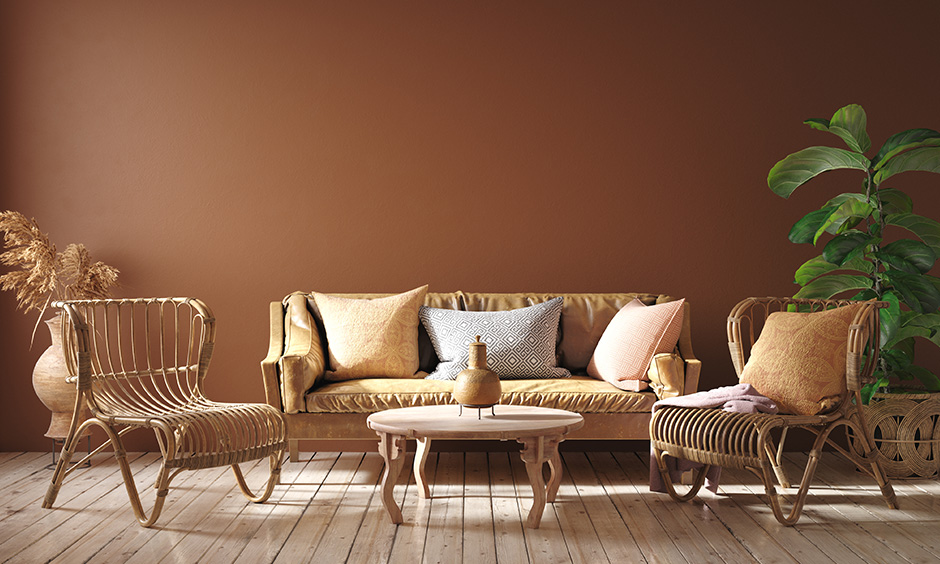 When it comes to designing your living room, choosing the right colour combination is crucial. The colours you choose will set the tone and atmosphere of the room, and can greatly impact the overall aesthetic. A well-thought-out colour combo can make your living room feel inviting, cozy, and stylish, while the wrong choice can make it feel dull, uninviting, or mismatched. So, how do you choose the perfect colour combo for your living room?
When it comes to designing your living room, choosing the right colour combination is crucial. The colours you choose will set the tone and atmosphere of the room, and can greatly impact the overall aesthetic. A well-thought-out colour combo can make your living room feel inviting, cozy, and stylish, while the wrong choice can make it feel dull, uninviting, or mismatched. So, how do you choose the perfect colour combo for your living room?
Consider Your Existing Décor
 Before deciding on a colour combo, take a look at the existing décor in your living room. Is there a particular piece of furniture or artwork that you want to highlight? Are there any colours that you want to avoid? Taking stock of what you already have will help you narrow down your options and create a cohesive look.
Pro tip:
Use a colour wheel to help you choose complementary or contrasting colours for your living room.
Before deciding on a colour combo, take a look at the existing décor in your living room. Is there a particular piece of furniture or artwork that you want to highlight? Are there any colours that you want to avoid? Taking stock of what you already have will help you narrow down your options and create a cohesive look.
Pro tip:
Use a colour wheel to help you choose complementary or contrasting colours for your living room.
Go Neutral or Bold
 Neutral colours such as beige, gray, or white are classic options that can create a timeless and elegant look in your living room. They also serve as a great base for adding pops of colour through pillows, rugs, or artwork. On the other hand, if you want to make a statement, consider using bold and vibrant colours such as navy blue, emerald green, or mustard yellow. These colours can add personality and create a focal point in the room.
Neutral colours such as beige, gray, or white are classic options that can create a timeless and elegant look in your living room. They also serve as a great base for adding pops of colour through pillows, rugs, or artwork. On the other hand, if you want to make a statement, consider using bold and vibrant colours such as navy blue, emerald green, or mustard yellow. These colours can add personality and create a focal point in the room.
Think About the Mood
 Colour can greatly influence the mood of a room. For a calm and relaxing atmosphere, consider using cool colours like blues and greens. If you want to create a warm and inviting space, opt for warmer colours like reds, oranges, or yellows. You can also combine warm and cool colours to strike a balance and create a harmonious feel in your living room.
Colour can greatly influence the mood of a room. For a calm and relaxing atmosphere, consider using cool colours like blues and greens. If you want to create a warm and inviting space, opt for warmer colours like reds, oranges, or yellows. You can also combine warm and cool colours to strike a balance and create a harmonious feel in your living room.
Don't Be Afraid to Experiment
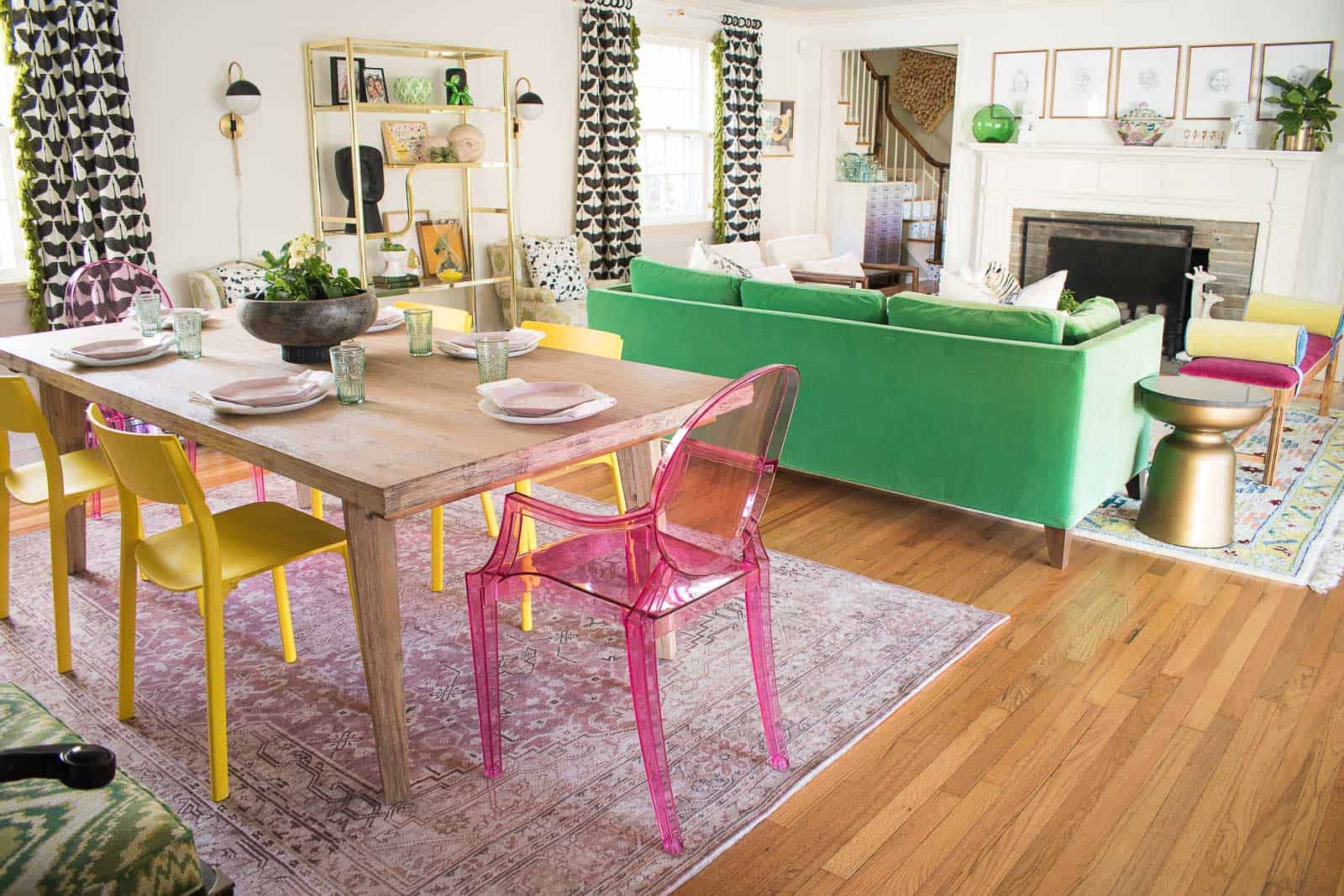 When it comes to choosing a colour combo for your living room, don't be afraid to think outside the box and experiment with different shades and hues. You may be surprised by how well unexpected colours can work together. Play around with different combinations and see what speaks to you.
In conclusion, choosing the perfect colour combo for your living room is all about balance, personal preference, and experimentation. By considering your existing décor, mood, and whether you want a neutral or bold look, you can create a beautiful and inviting living room that reflects your unique style. So, go ahead and get creative with your colour choices!
When it comes to choosing a colour combo for your living room, don't be afraid to think outside the box and experiment with different shades and hues. You may be surprised by how well unexpected colours can work together. Play around with different combinations and see what speaks to you.
In conclusion, choosing the perfect colour combo for your living room is all about balance, personal preference, and experimentation. By considering your existing décor, mood, and whether you want a neutral or bold look, you can create a beautiful and inviting living room that reflects your unique style. So, go ahead and get creative with your colour choices!



:max_bytes(150000):strip_icc()/what-is-a-neutral-color-1973822-03-3fab8b5a361d49638d3de1cbaf579a22.jpg)
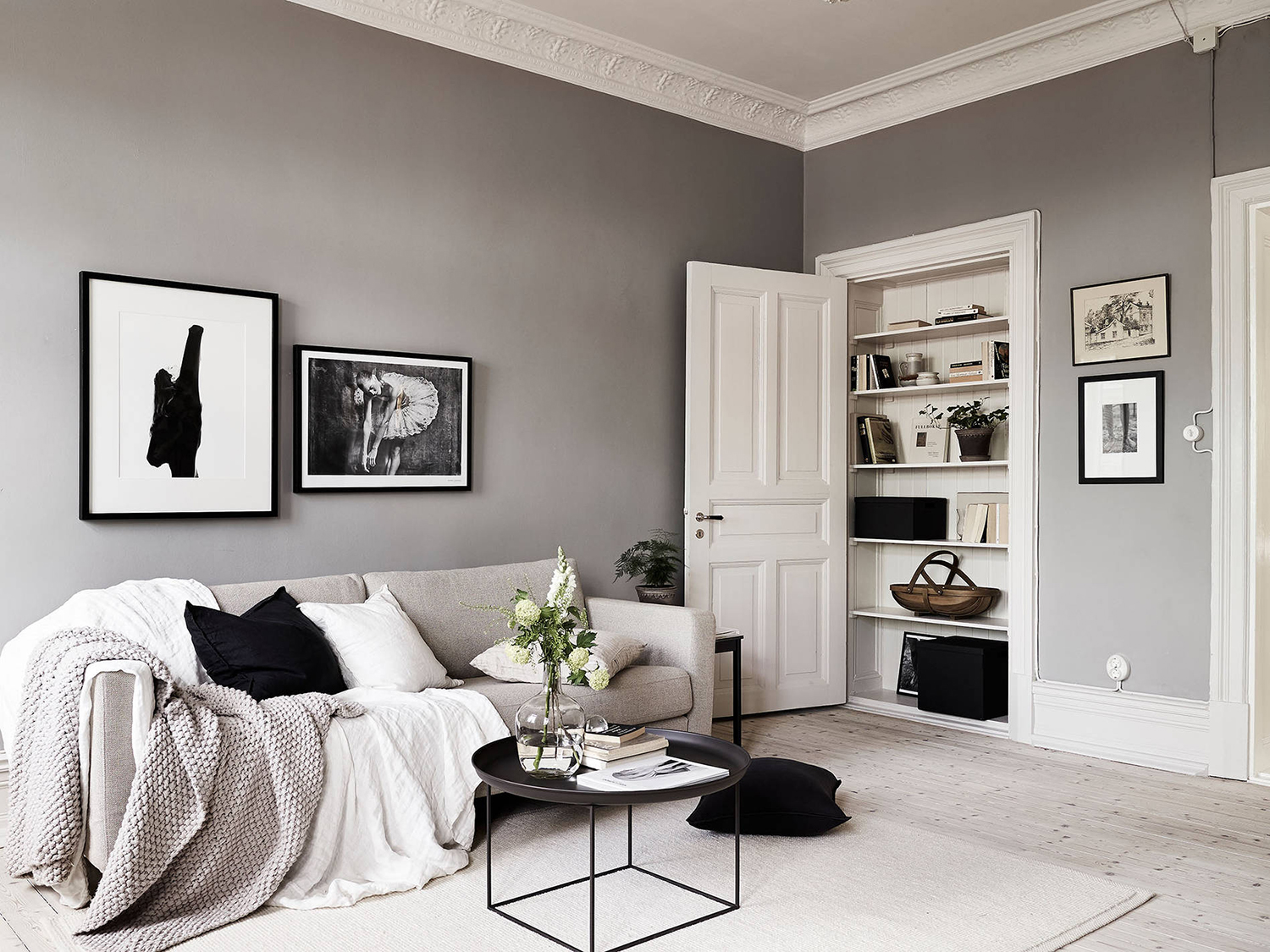
/MyDomaine_ColorPalette-Neutral-2-3590678b1c9143e28dd6b536f0a1e008.jpg)

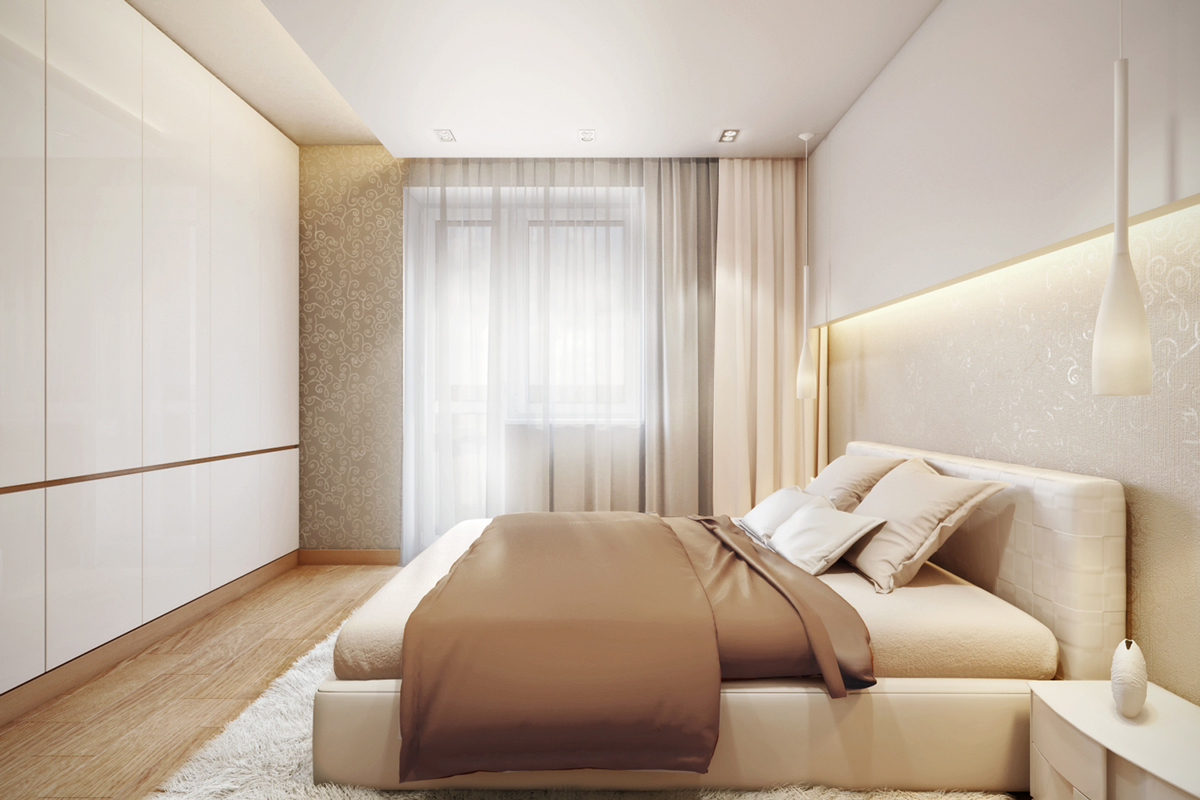
:max_bytes(150000):strip_icc()/MyDomaine_ColorPalette-Neutral-1-fe9a91dcf8814904a630a0d928216bcd.jpg)
/neutral-color-scheme-CK-Garden-Stone-57e59bc15f9b586c35f4d16b.png)

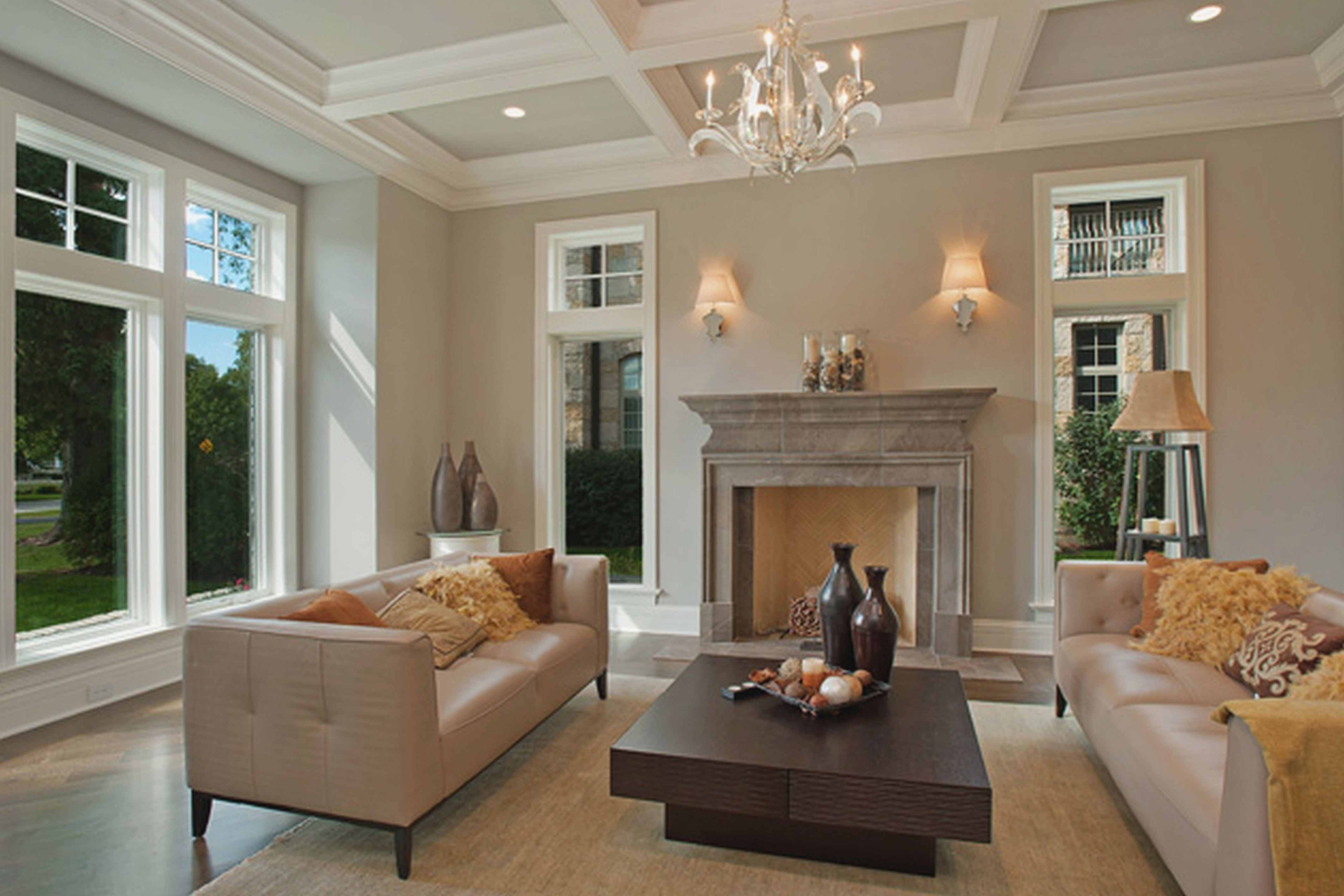
/Lee-Edwards-Getty-Images-56a5ae653df78cf7728968ec.jpg)





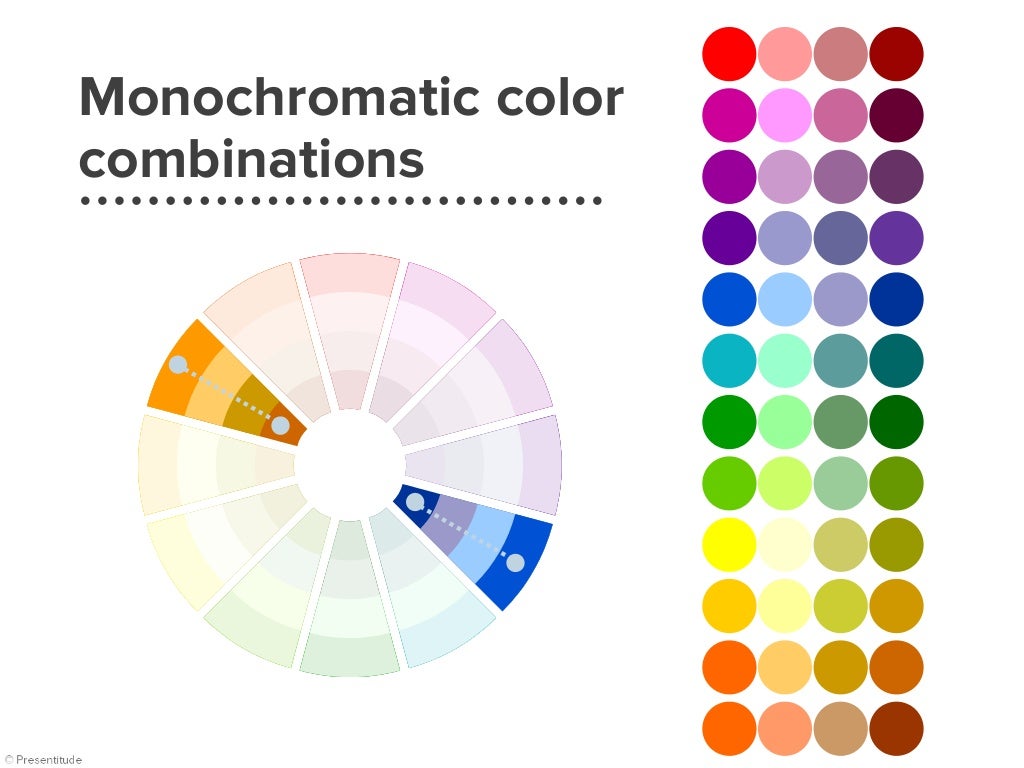



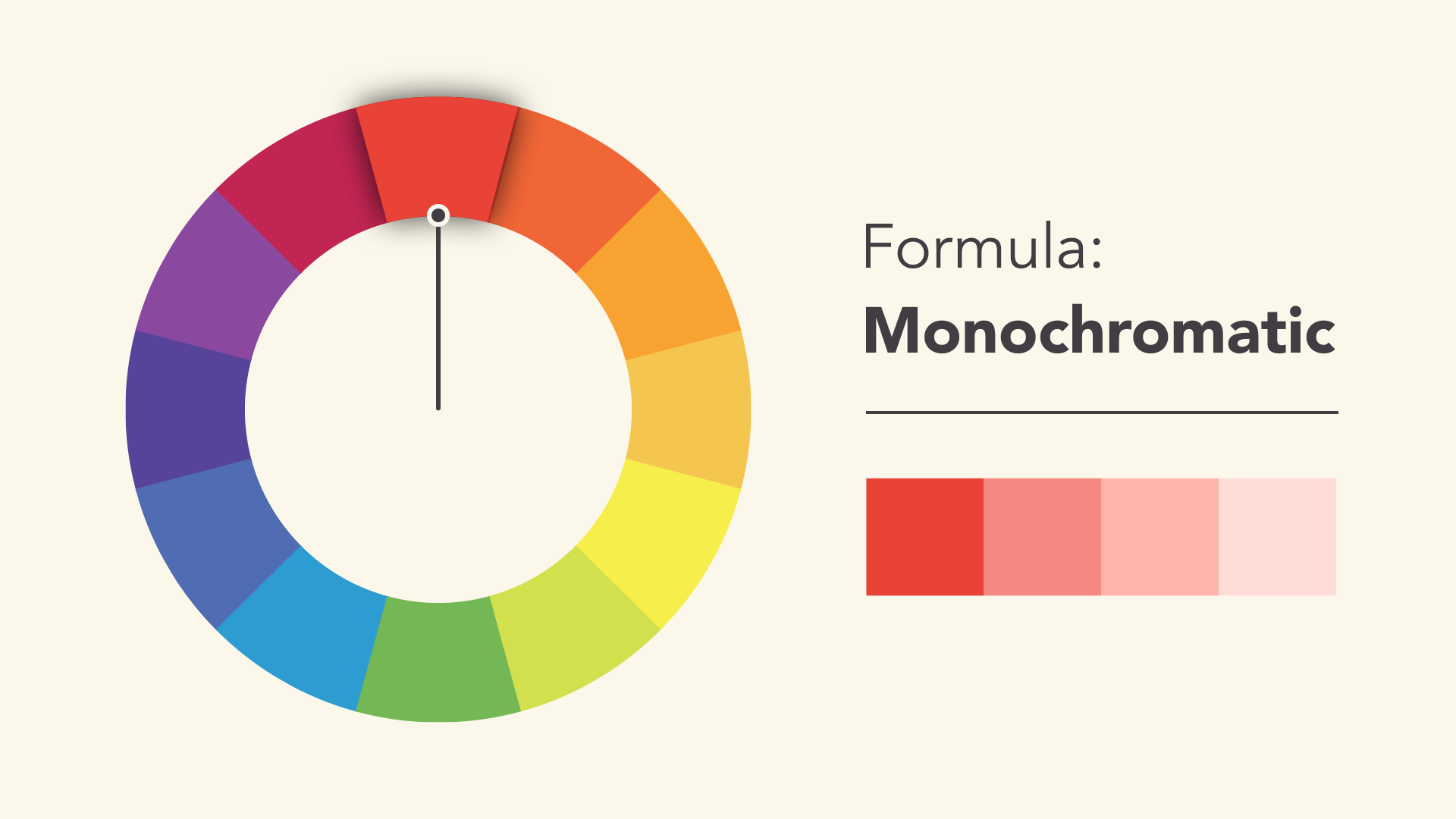
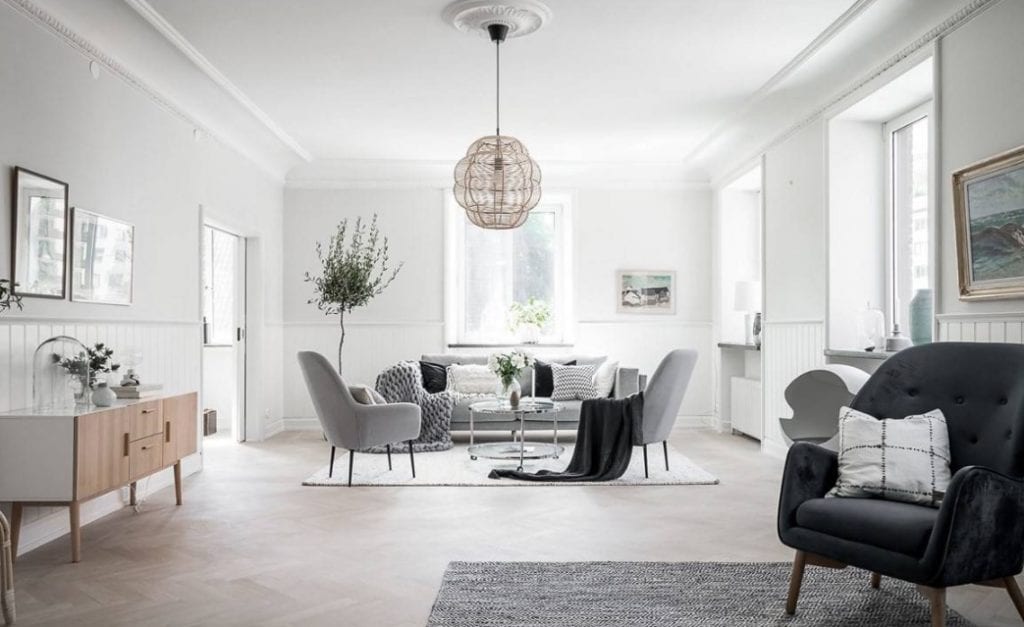


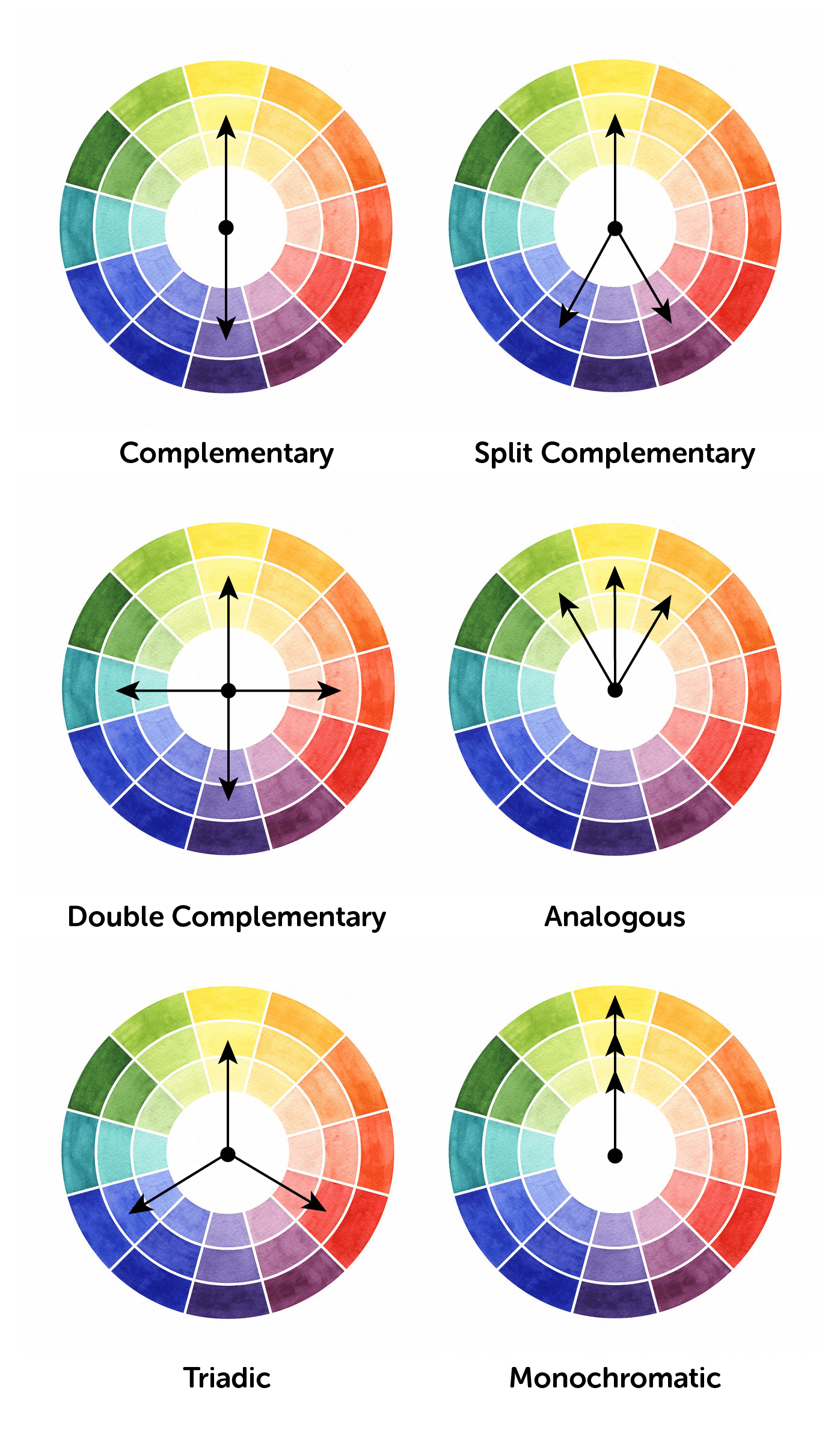
/Lista_complementarios-56a6e6cb3df78cf77290d98b.png)
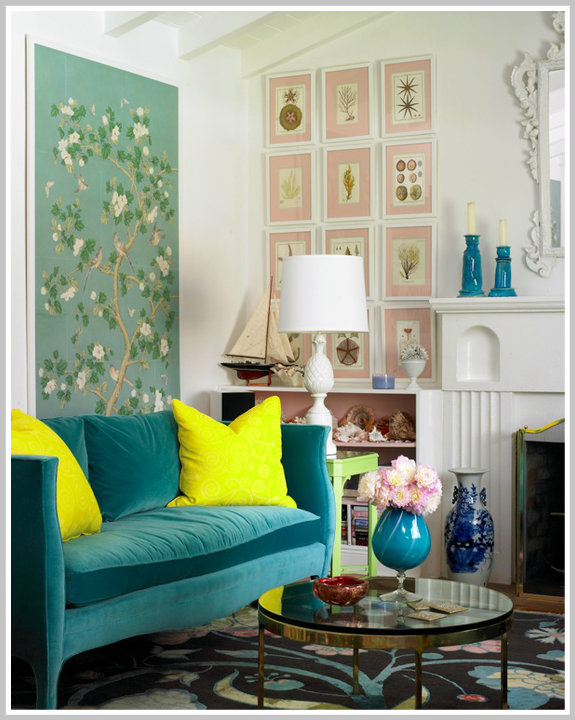
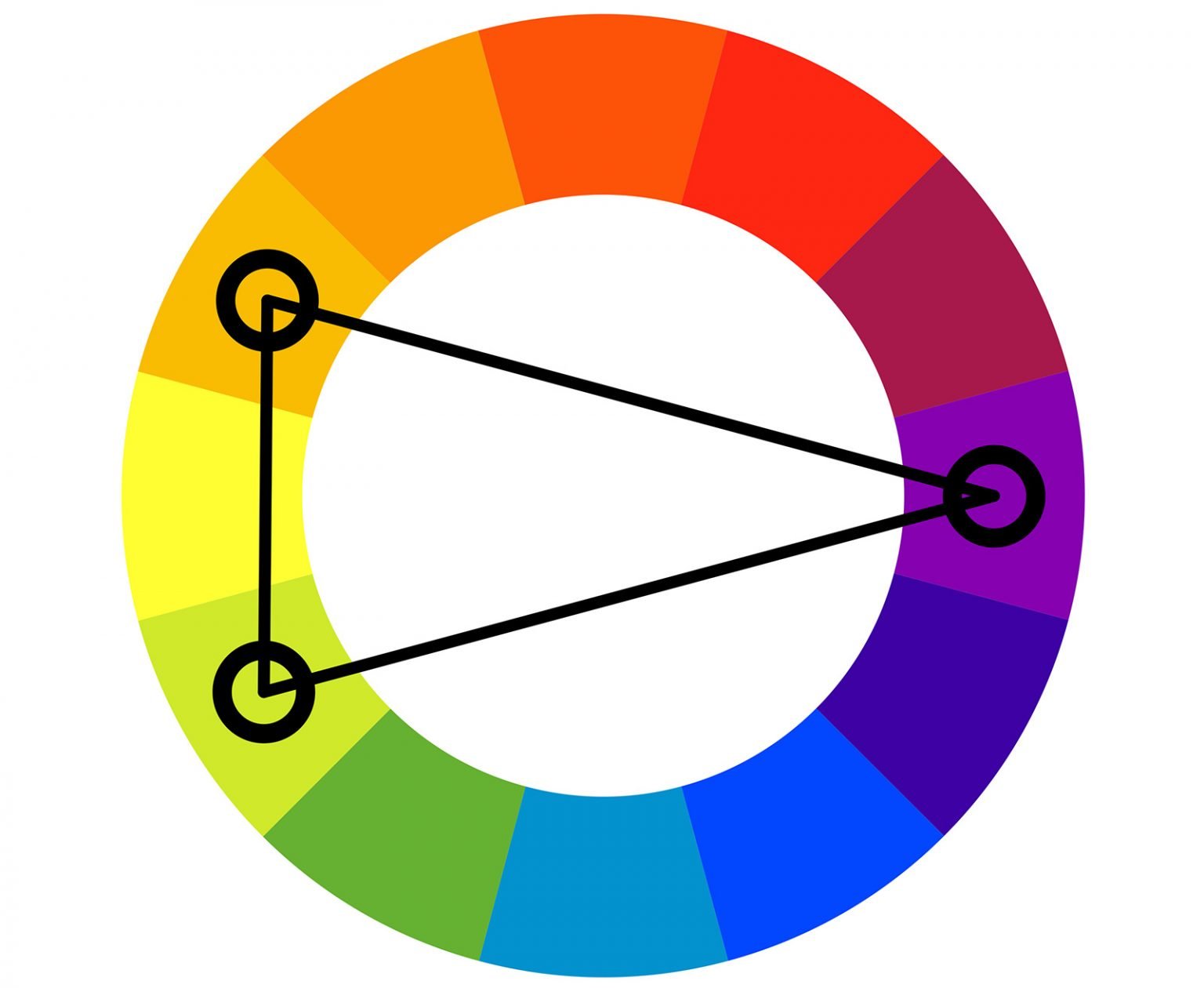
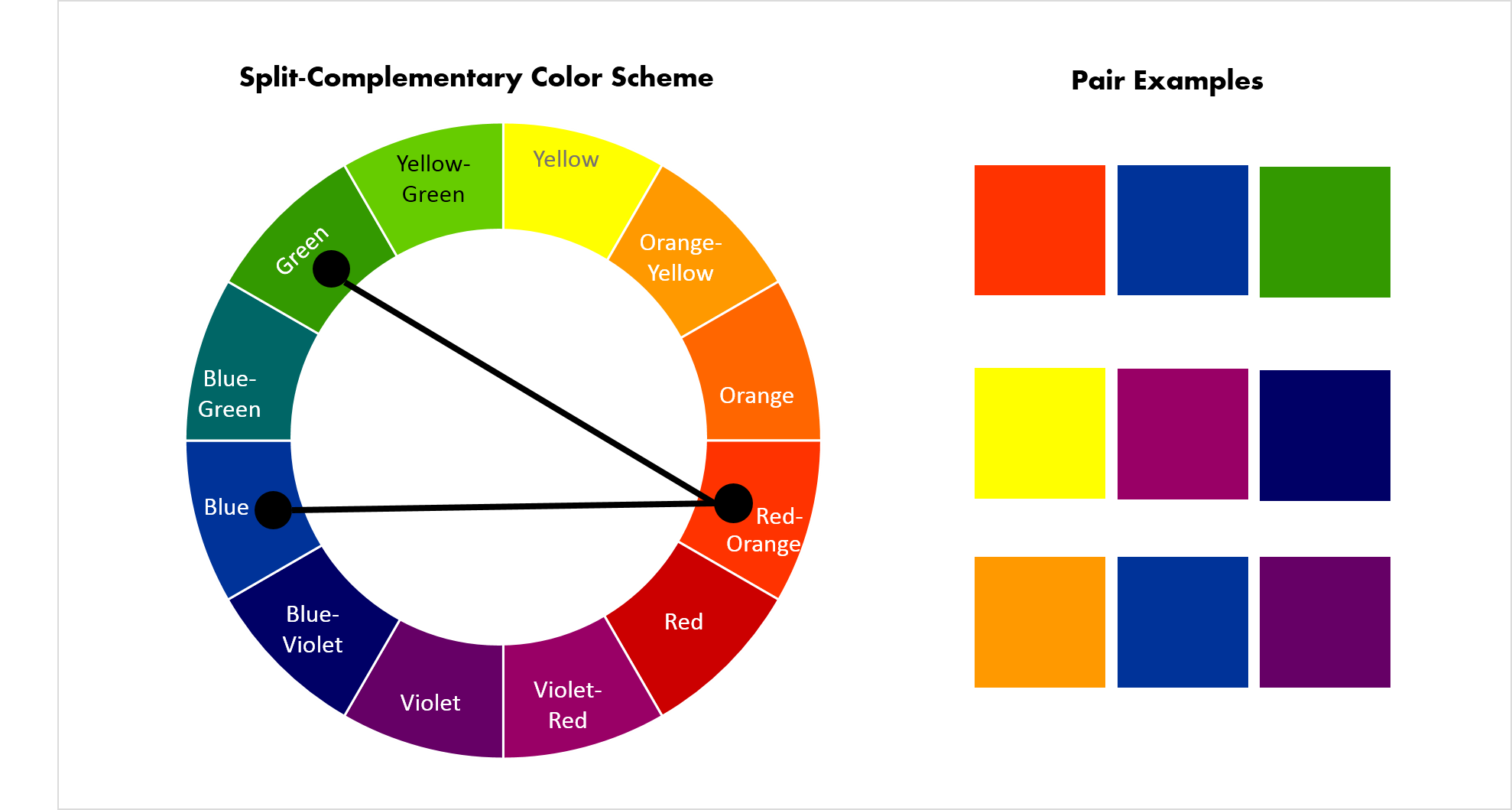


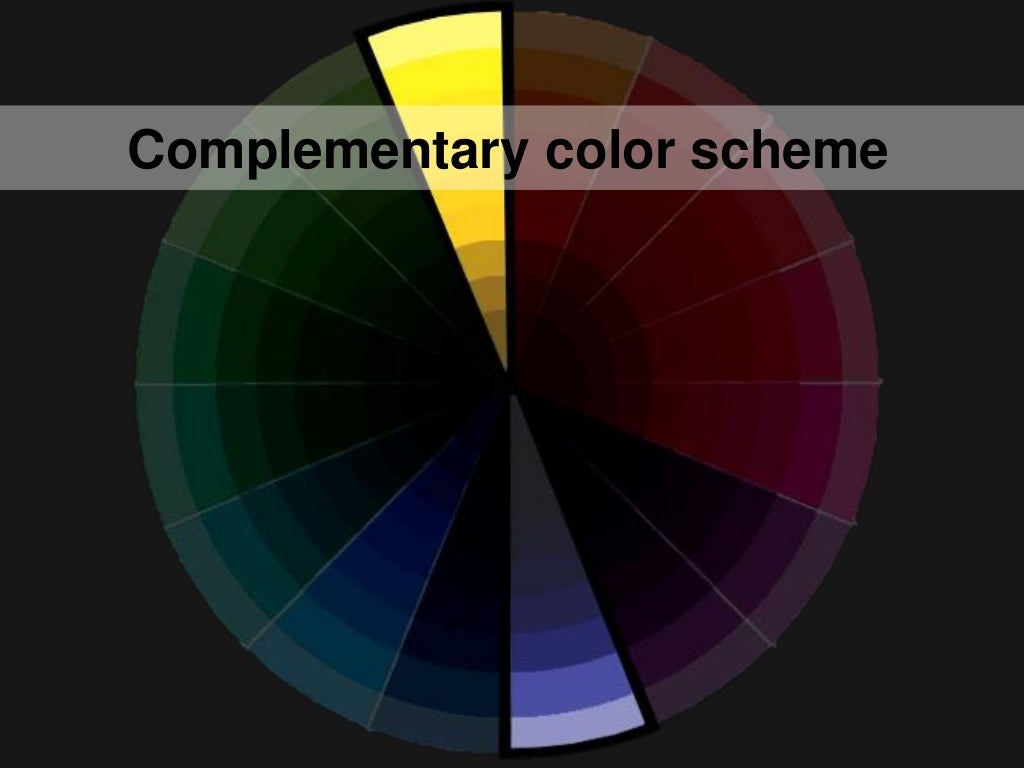
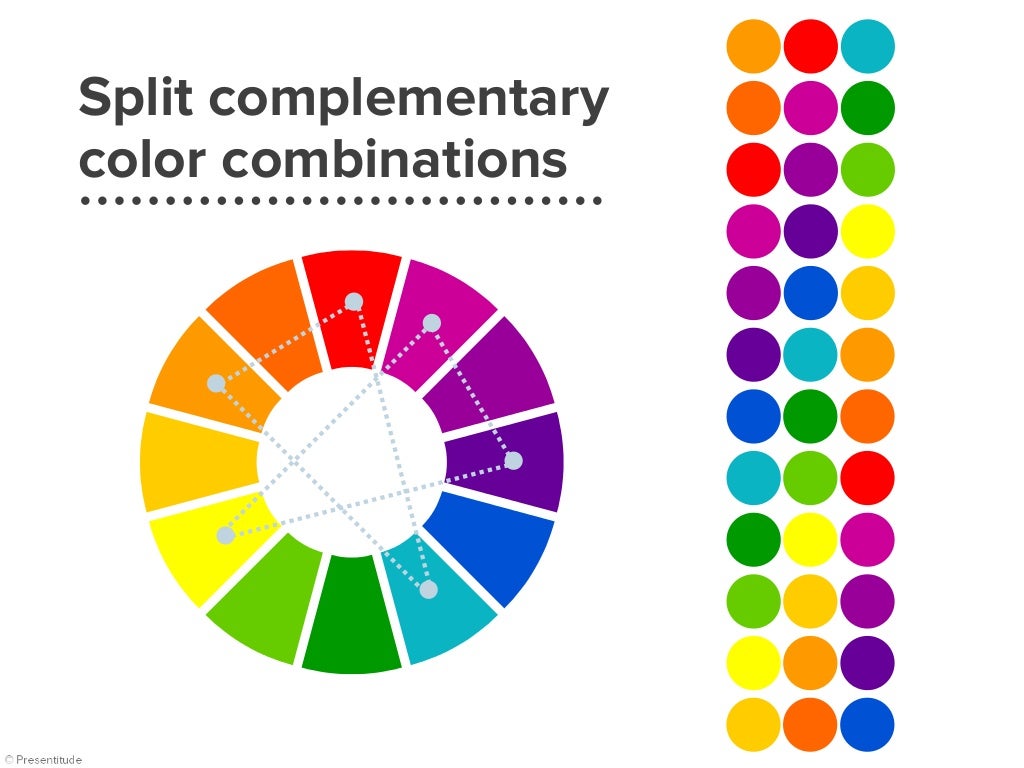

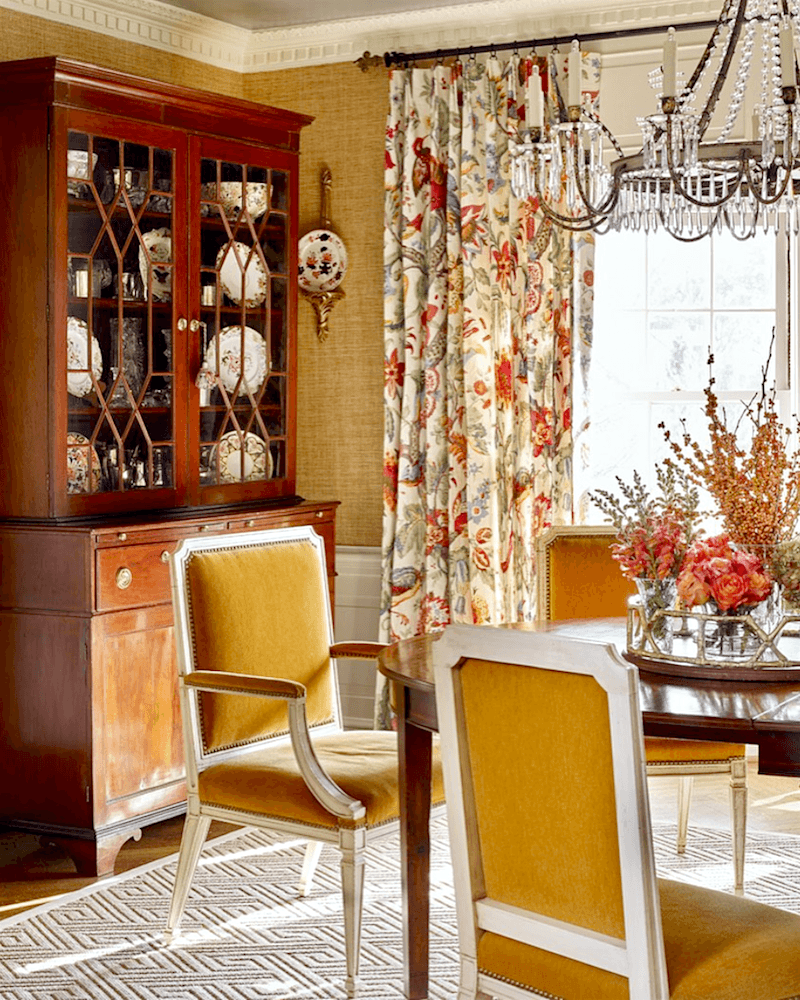

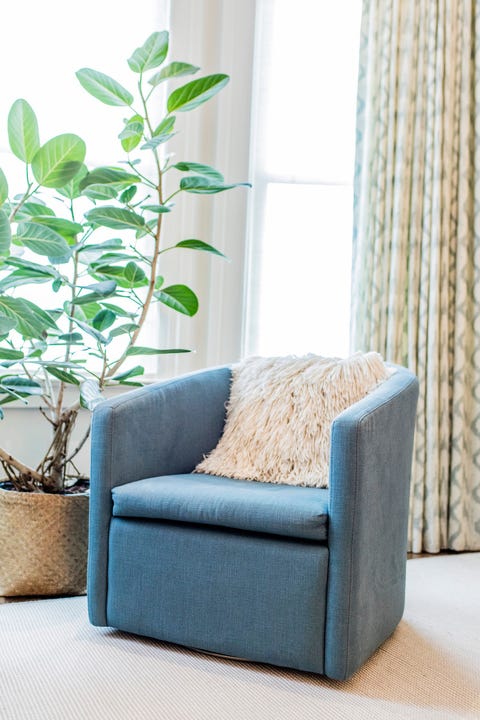
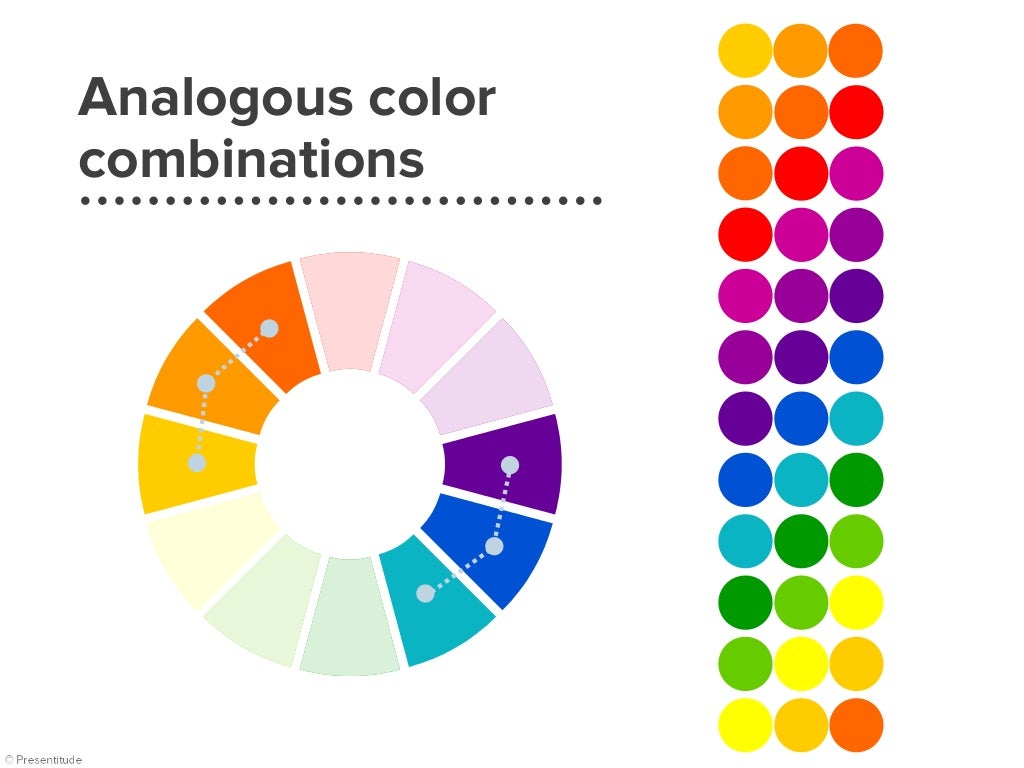


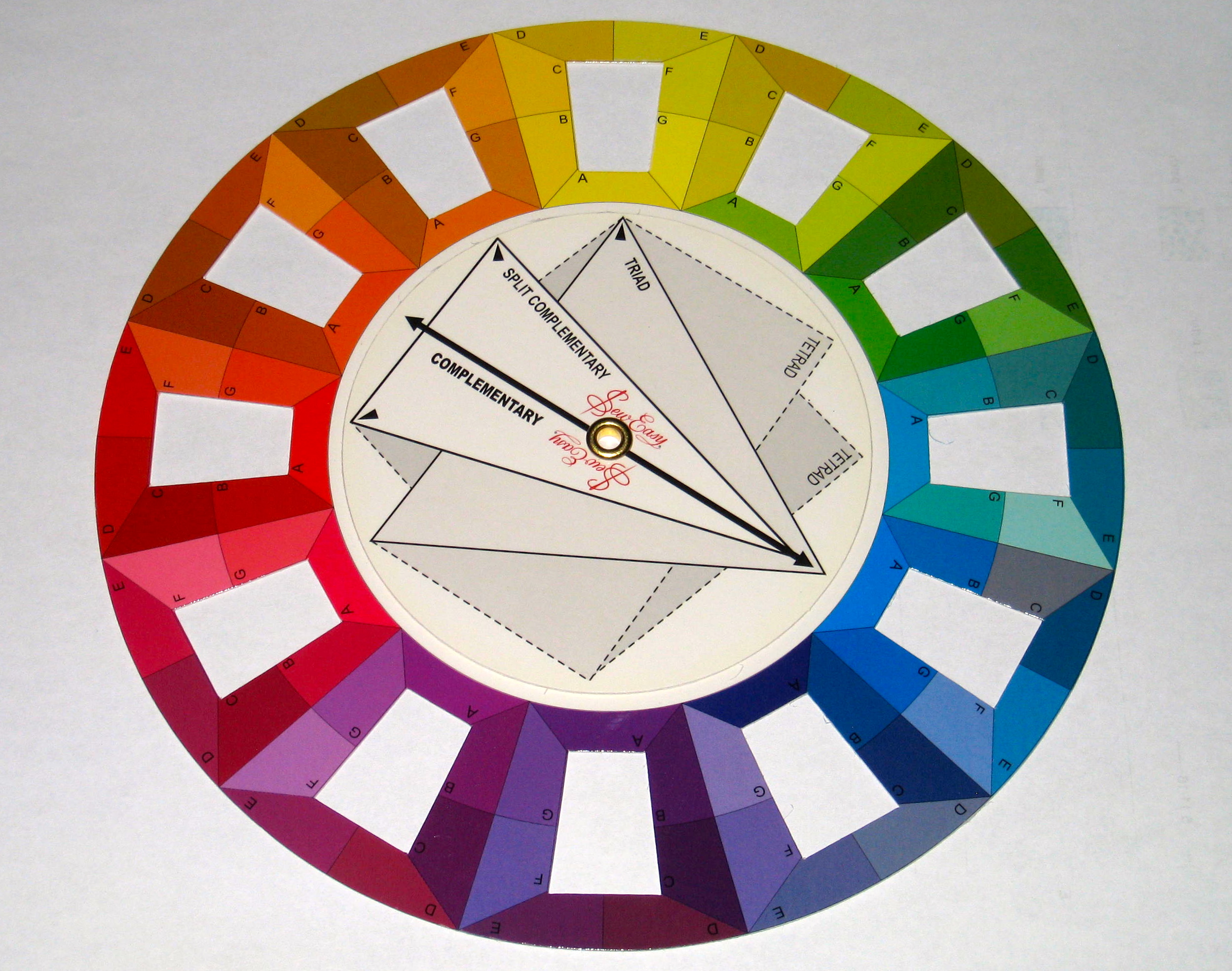
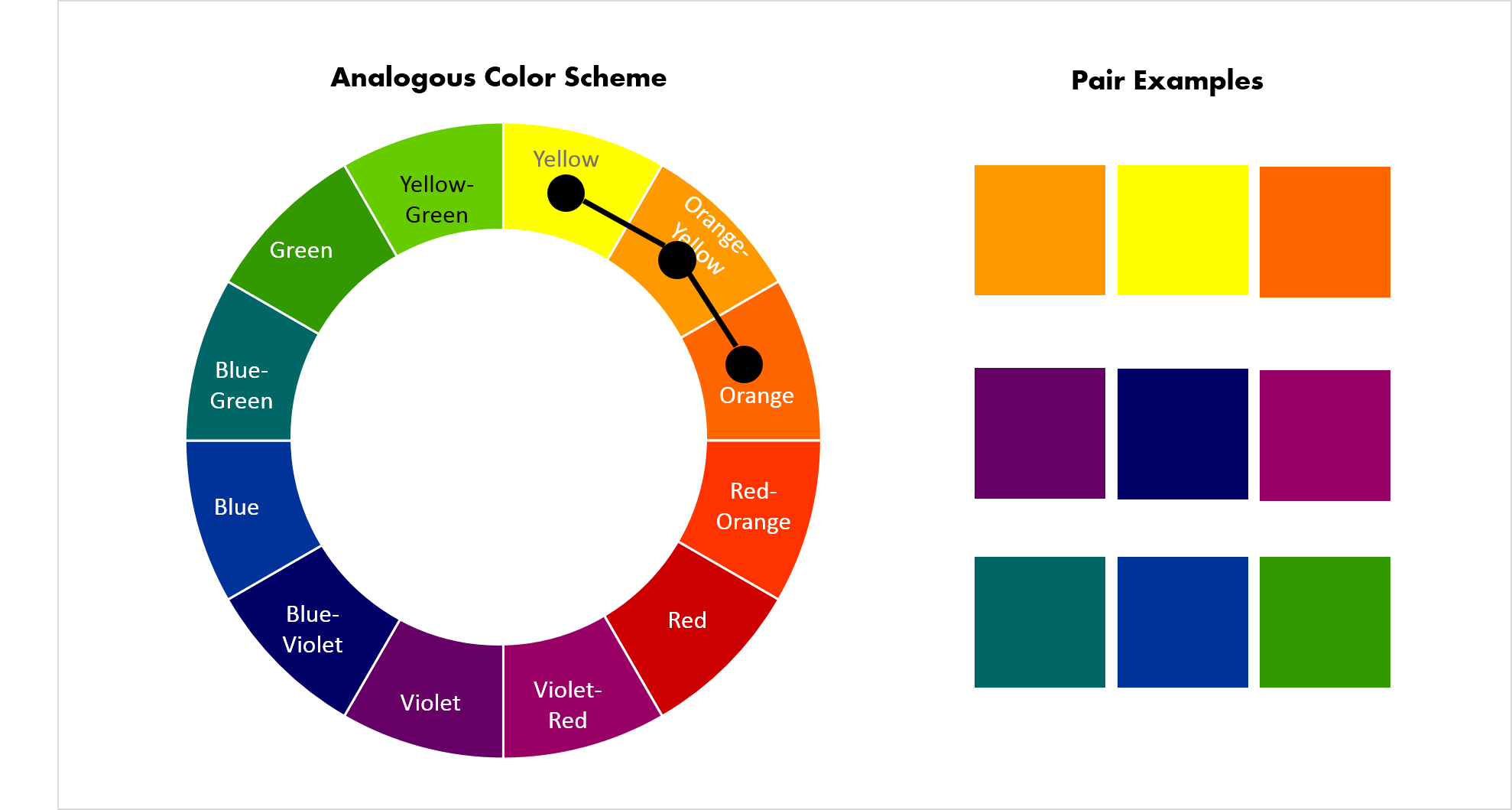
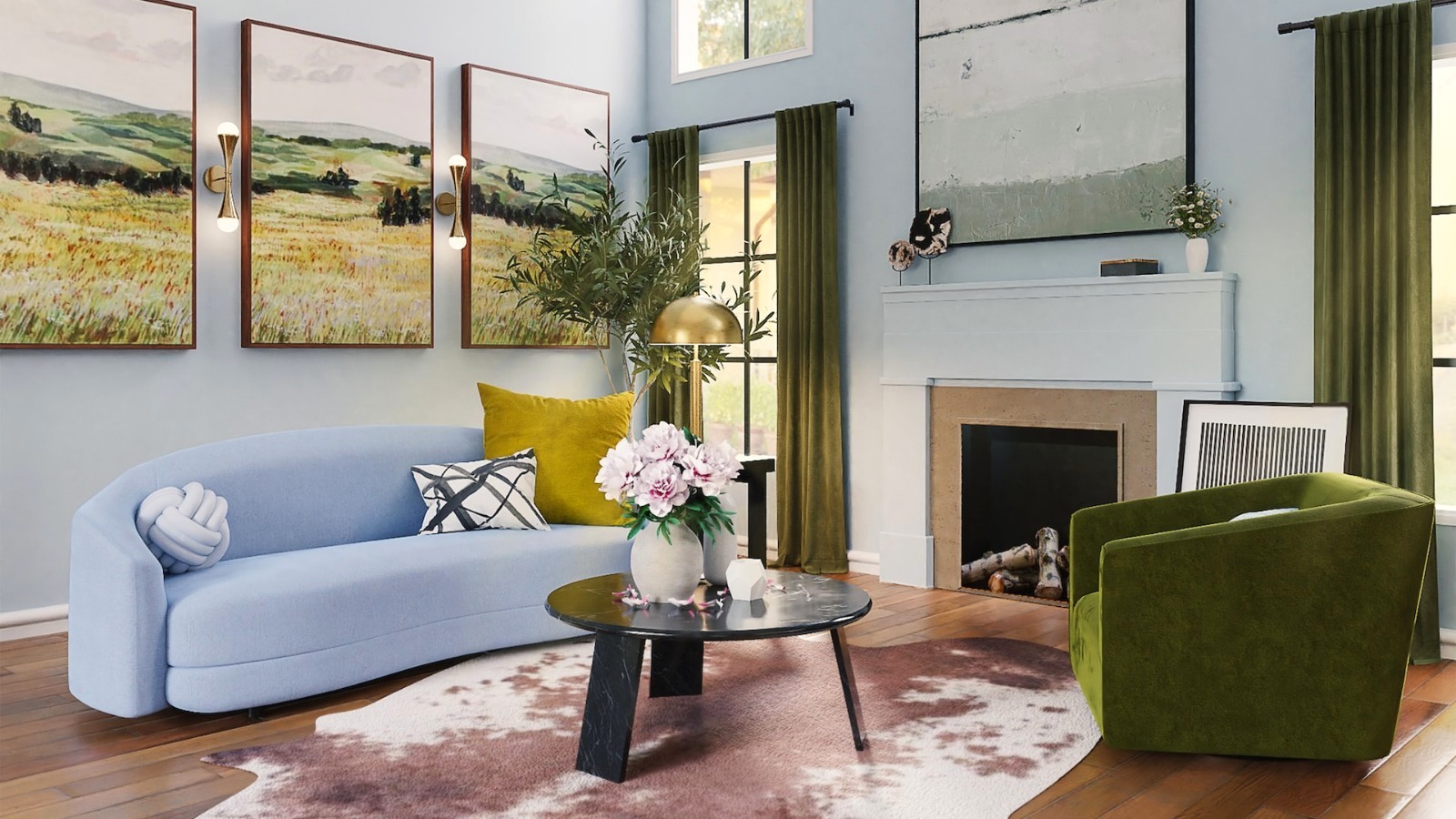








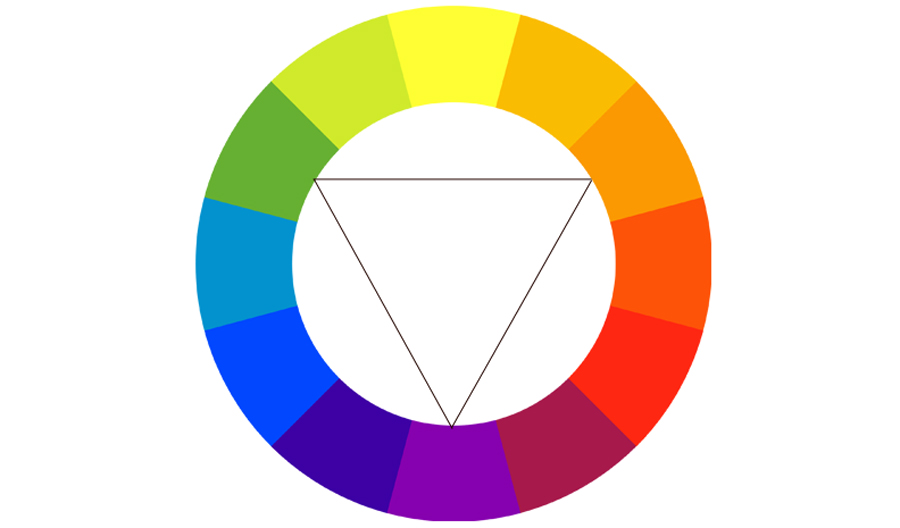

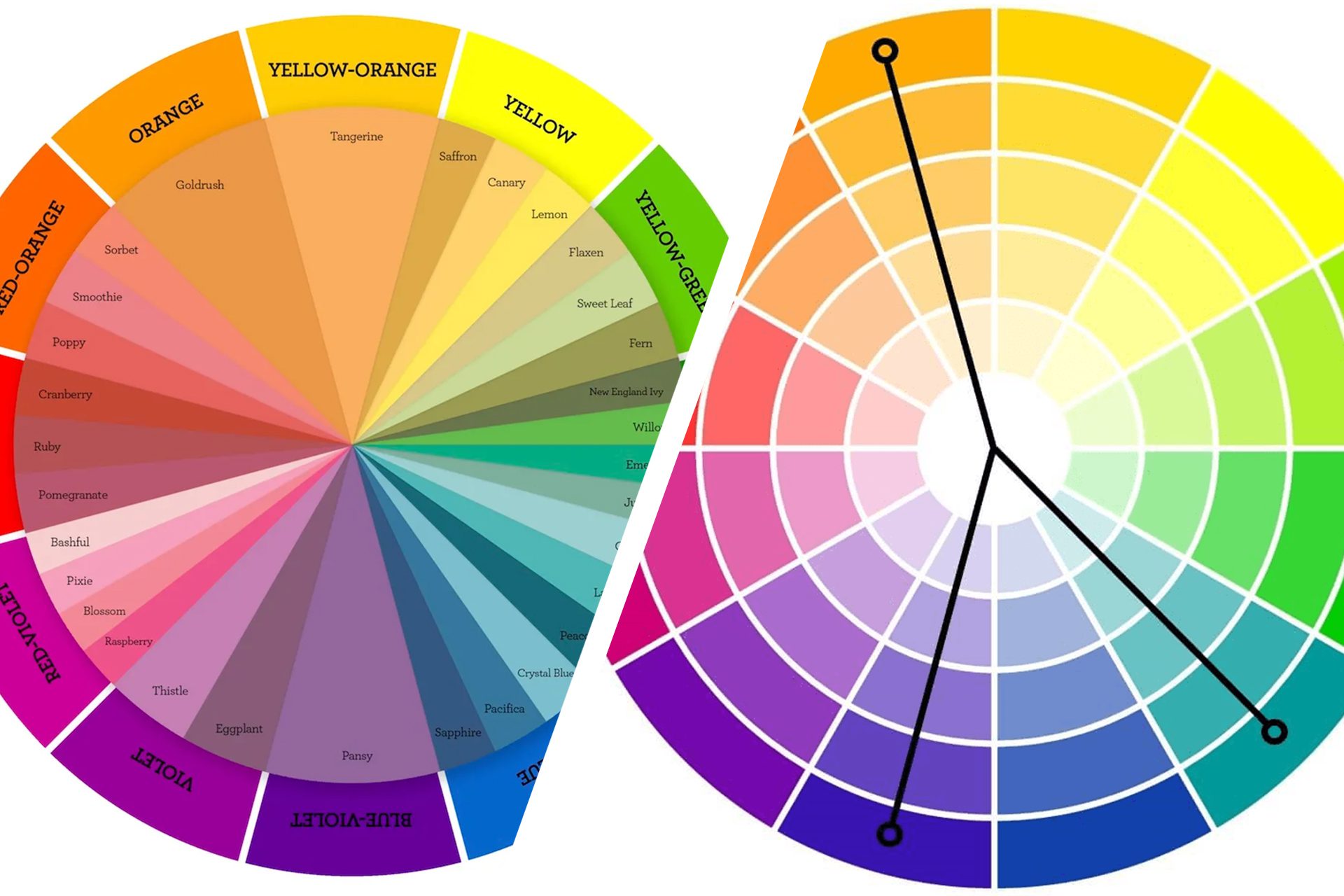
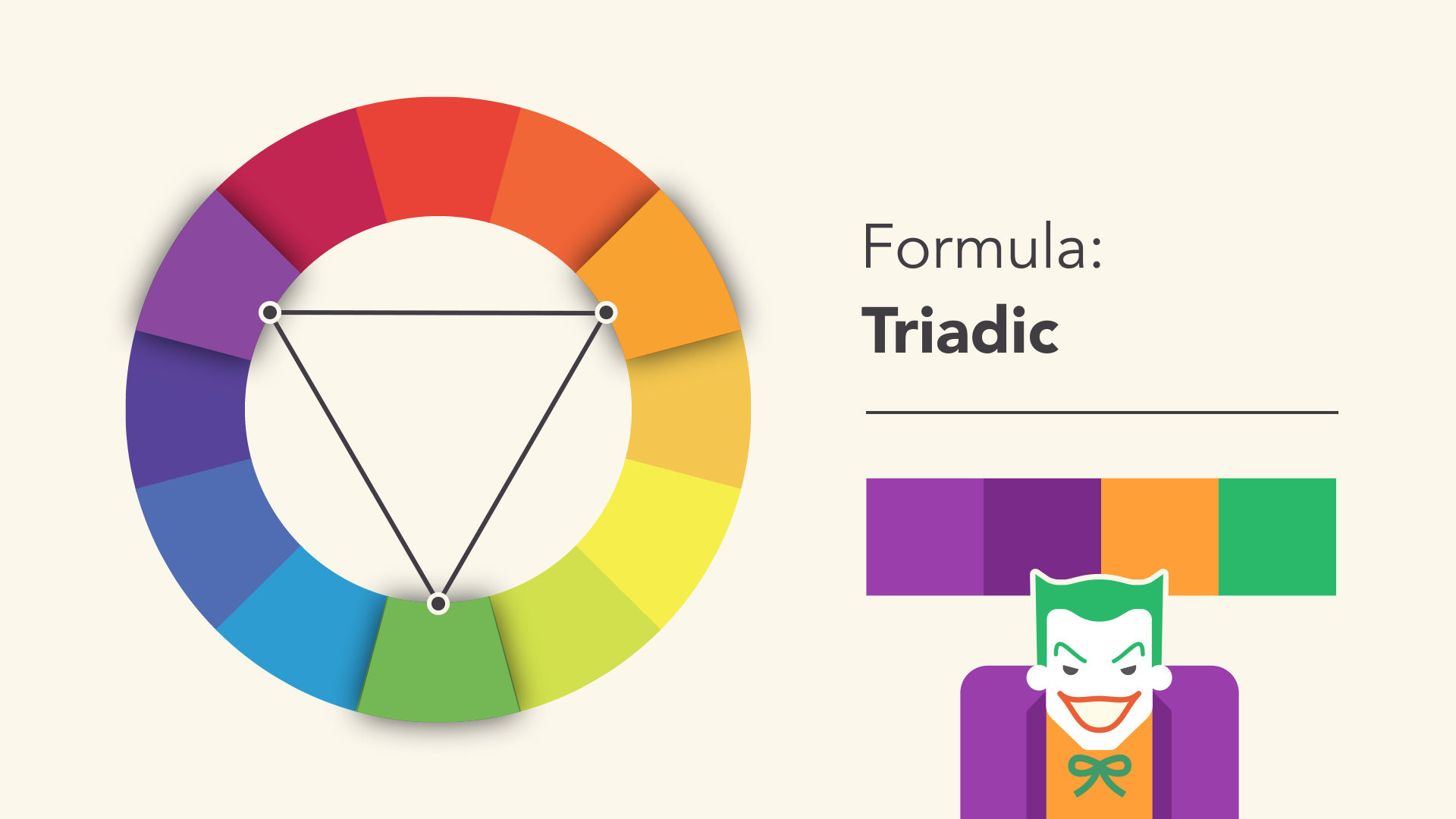



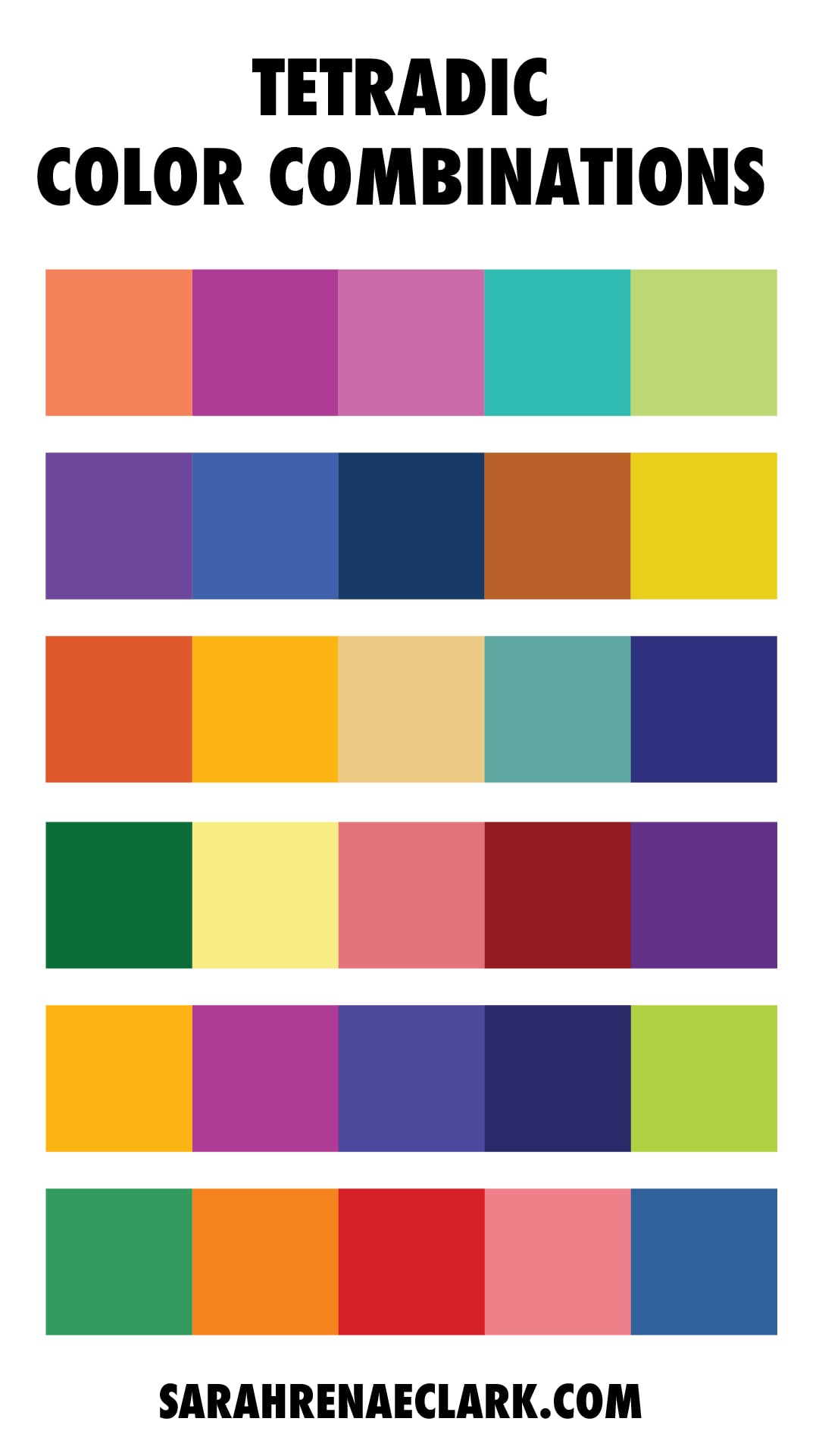

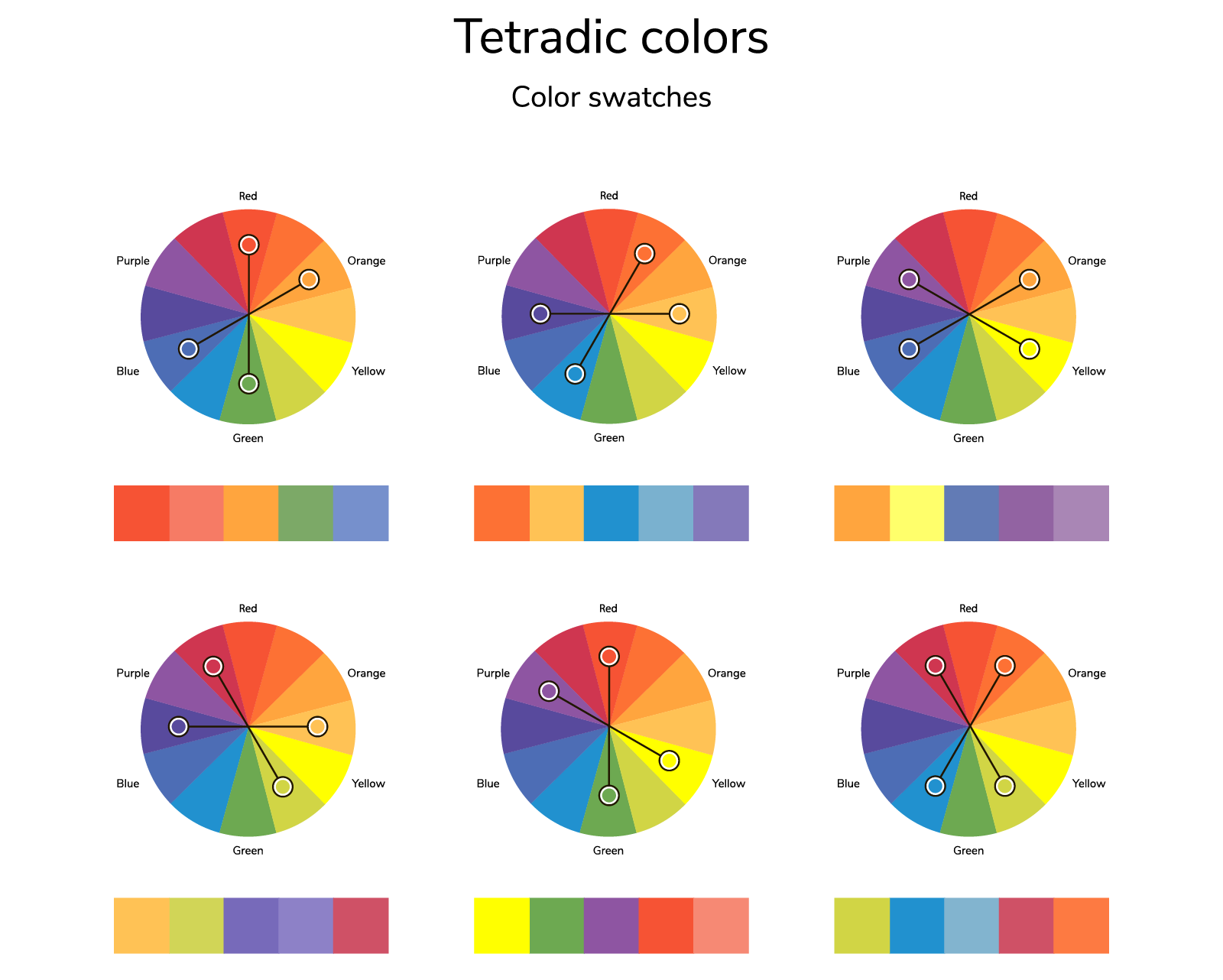
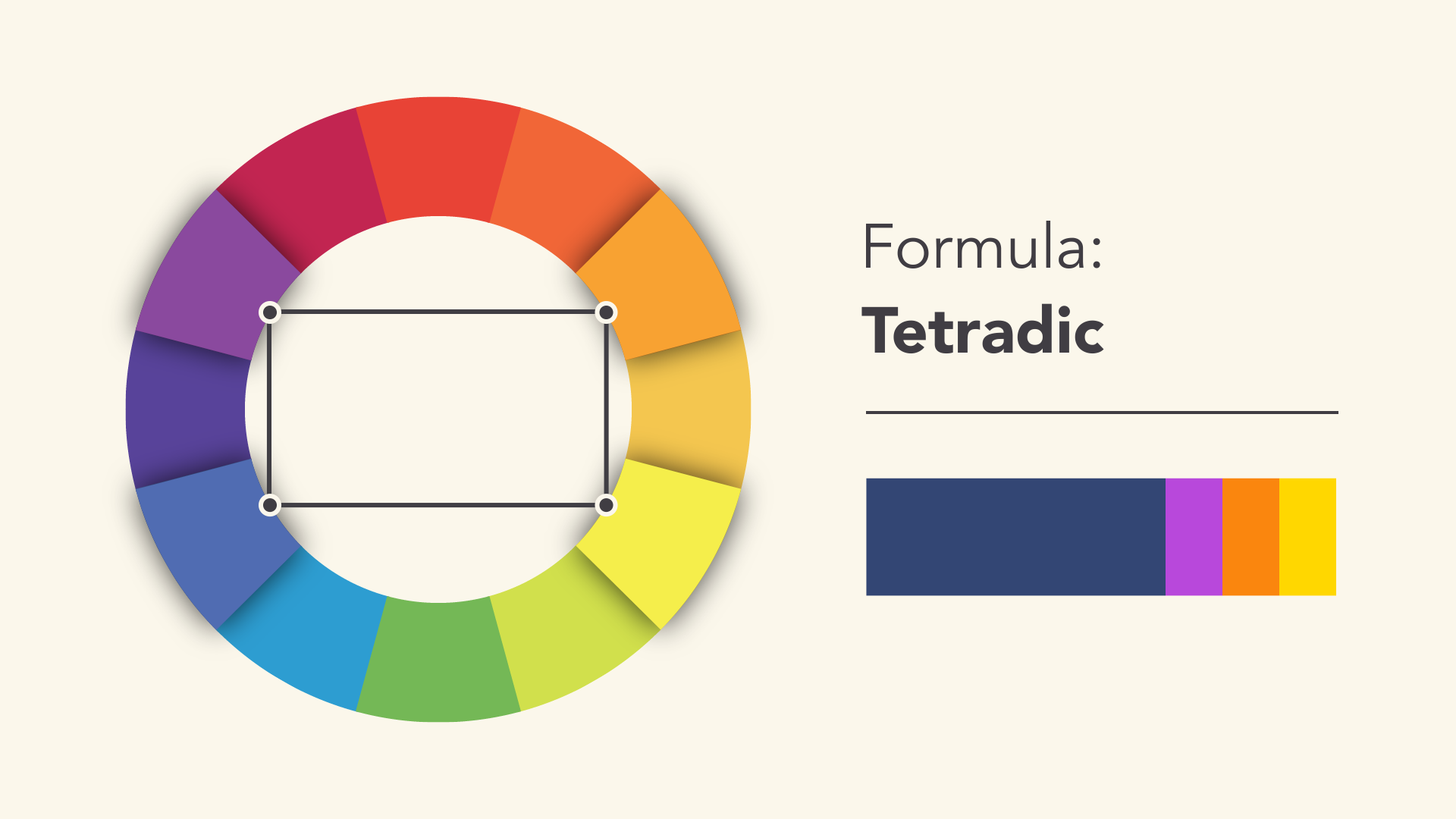
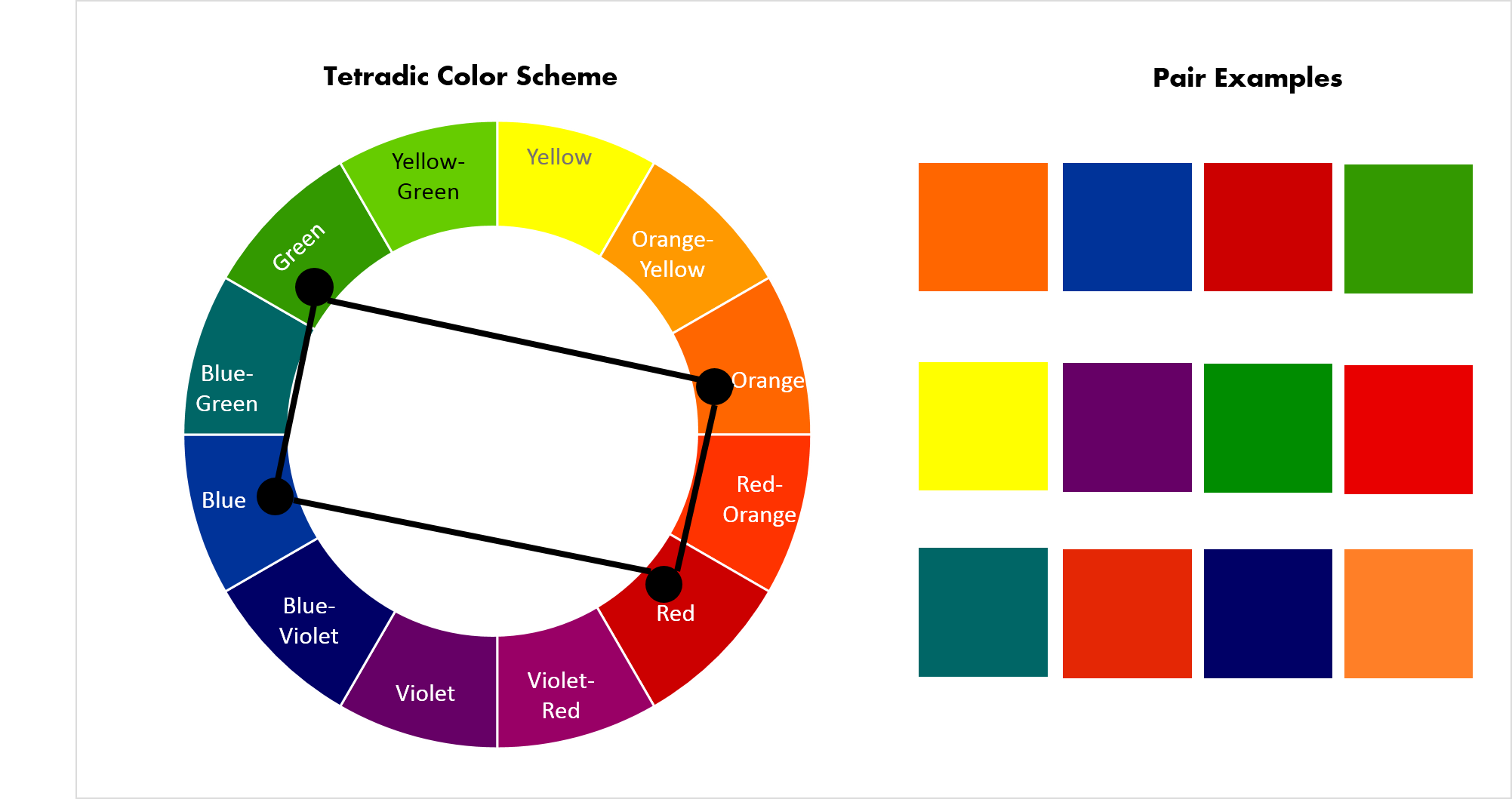

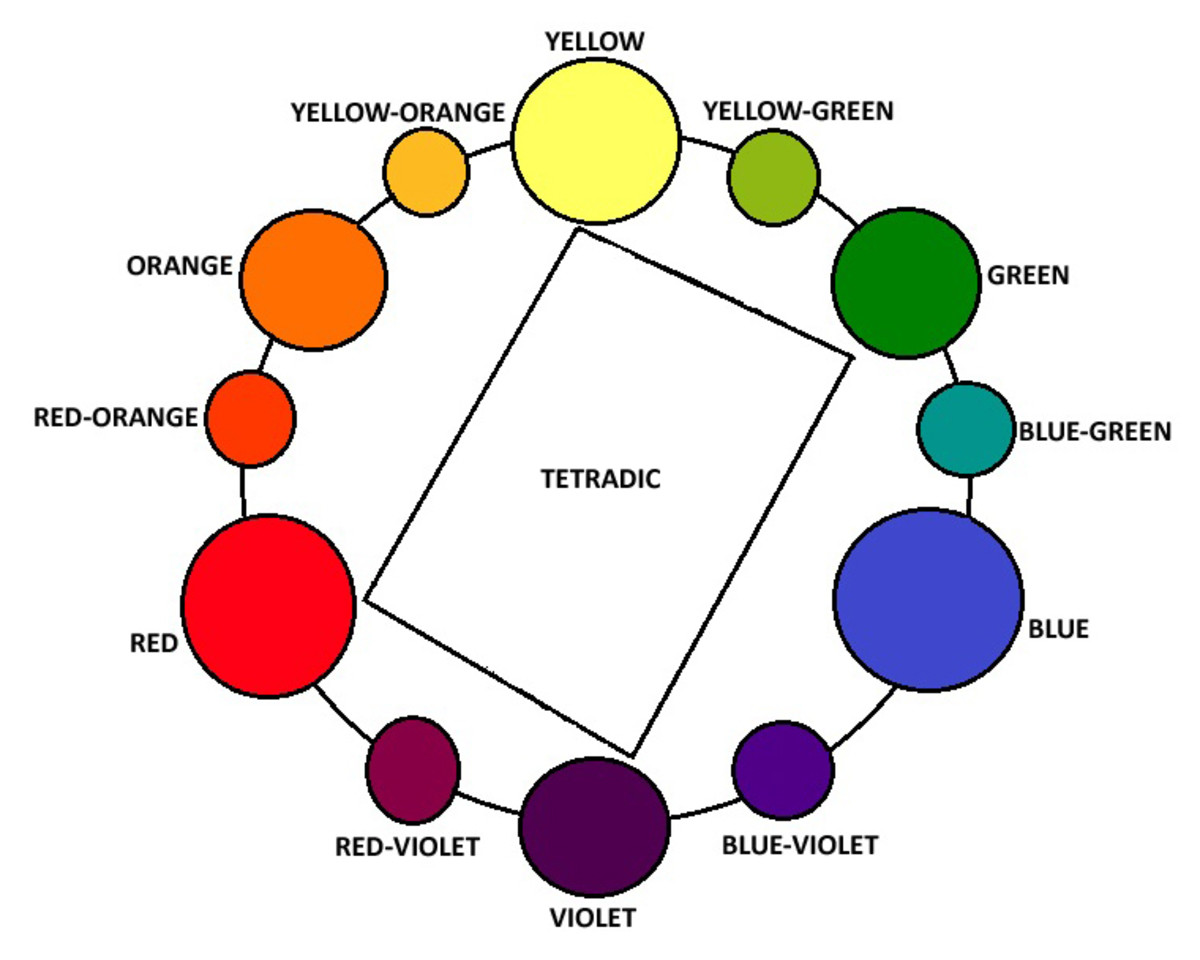

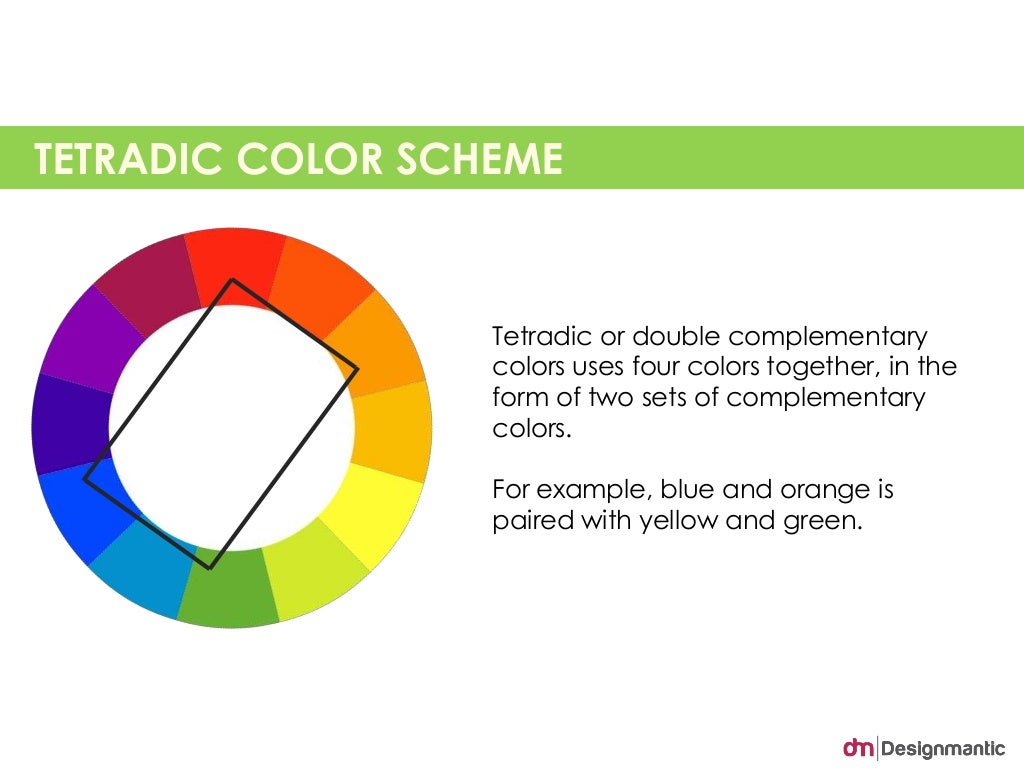

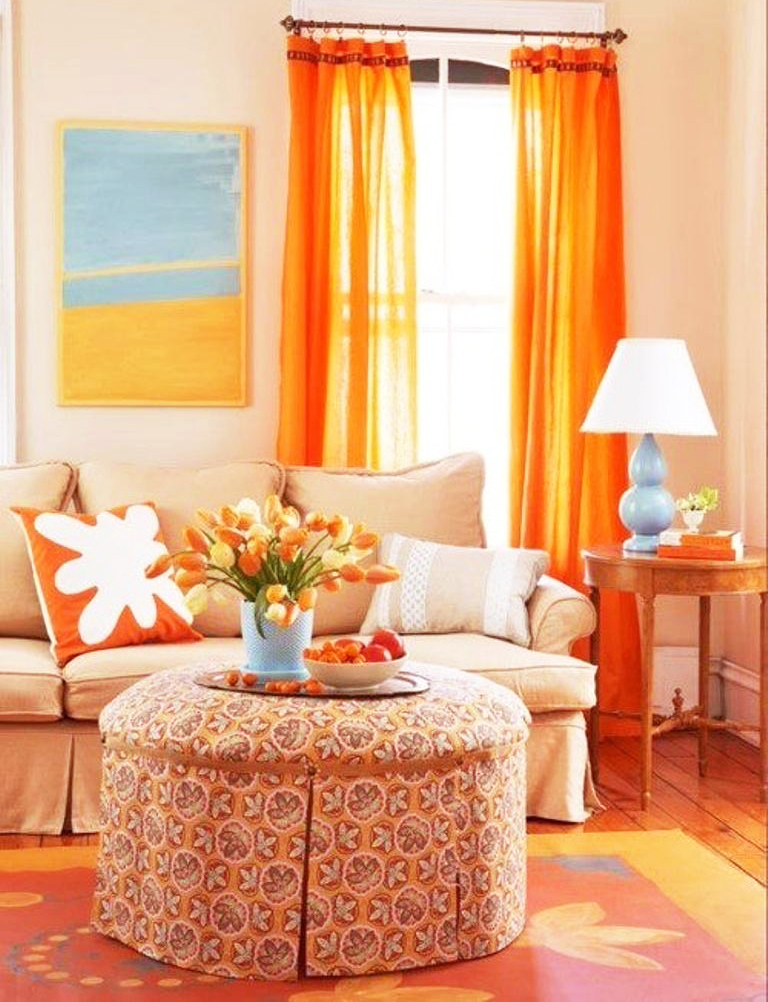


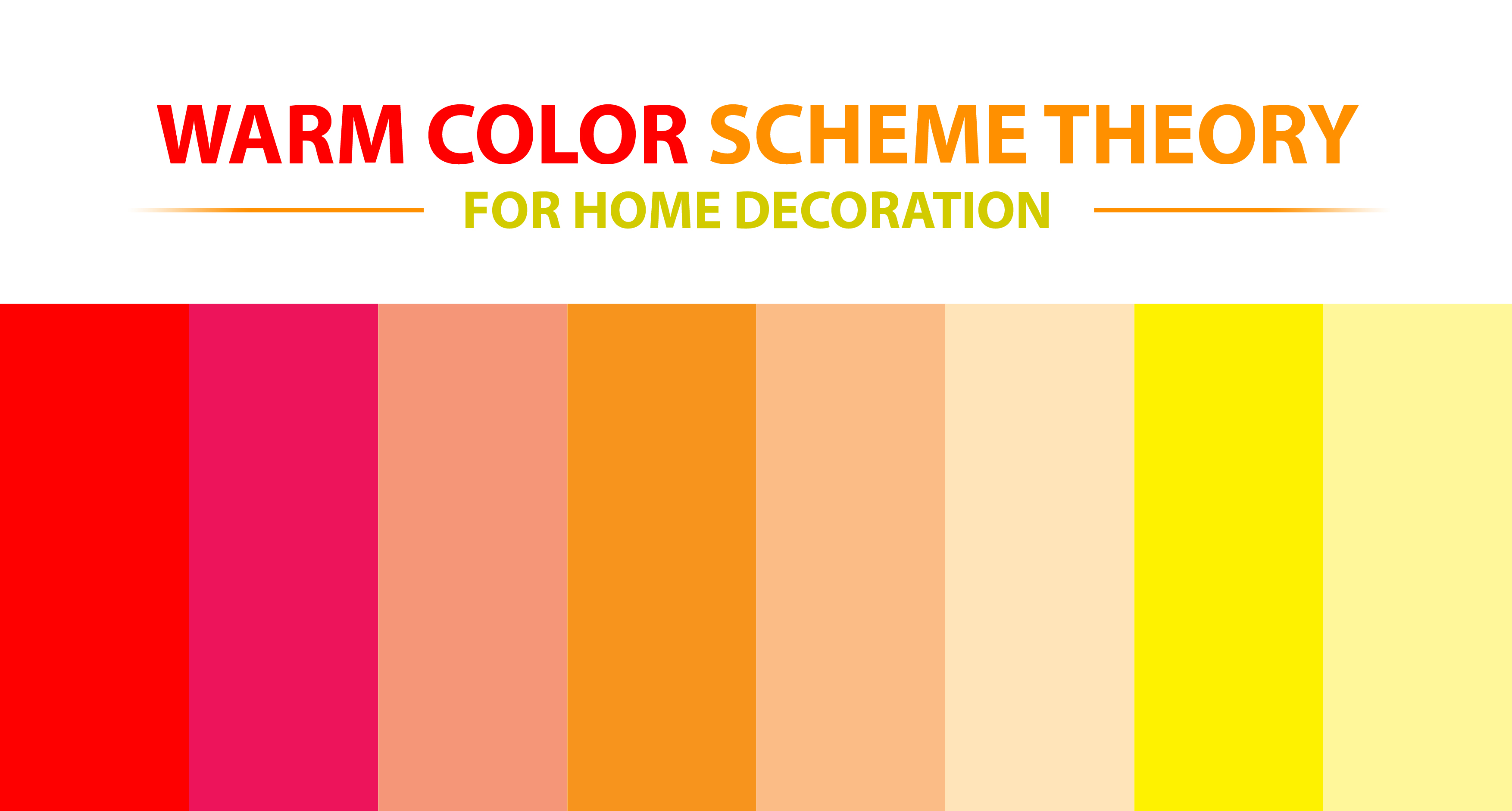

/Homedecorwarmcolors-GettyImages-640896866-596fcc88af5d3a00110c5931.jpg)




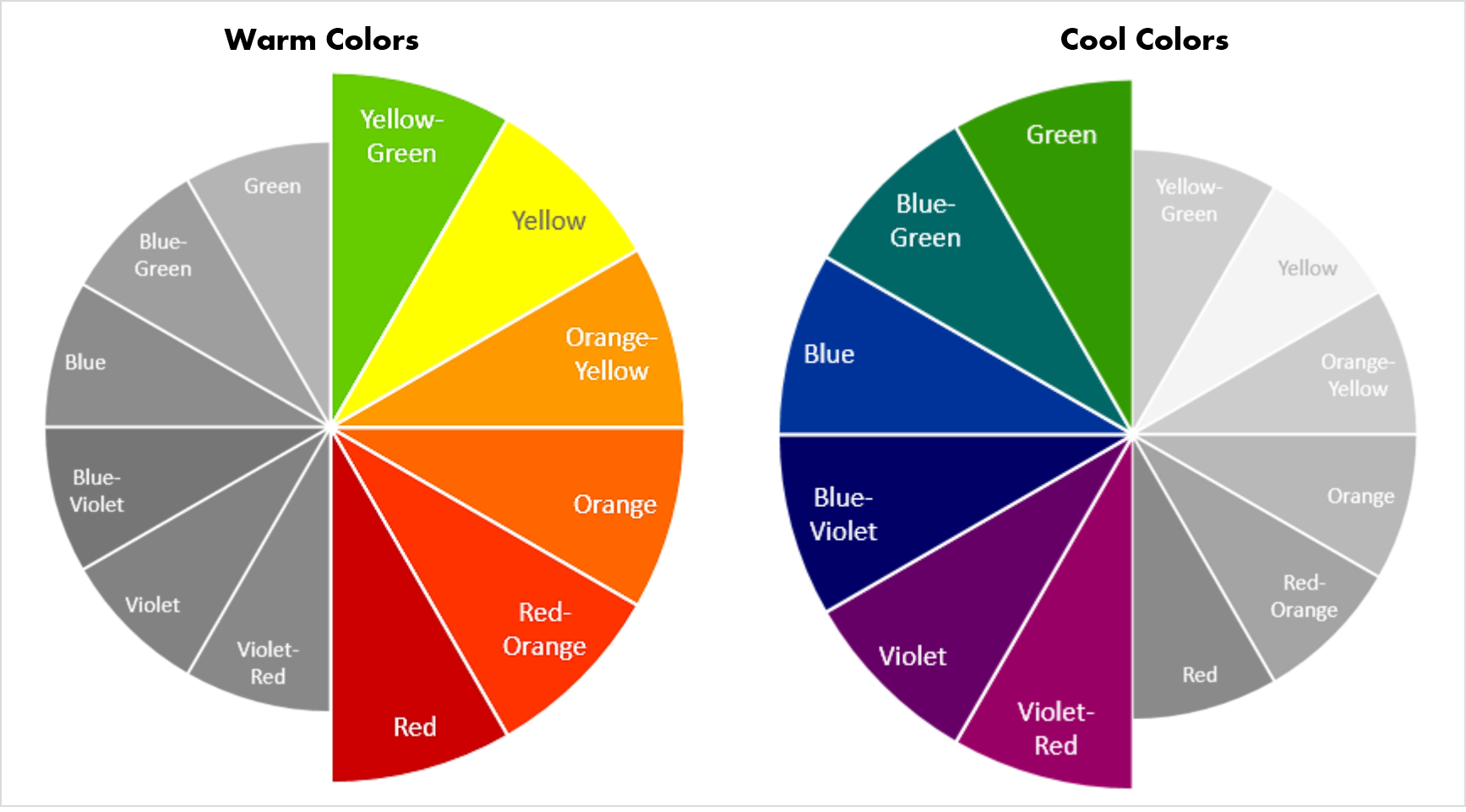
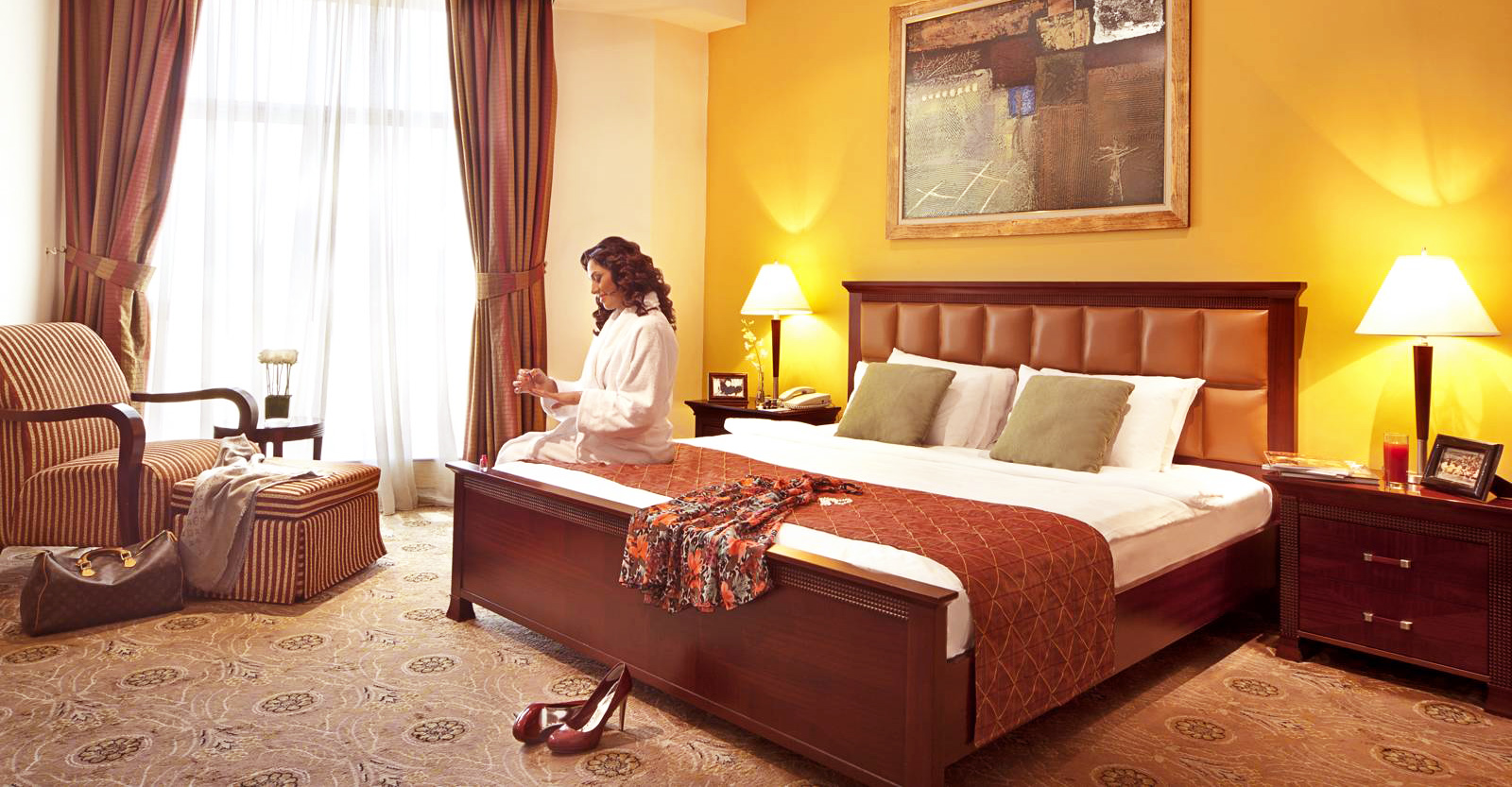


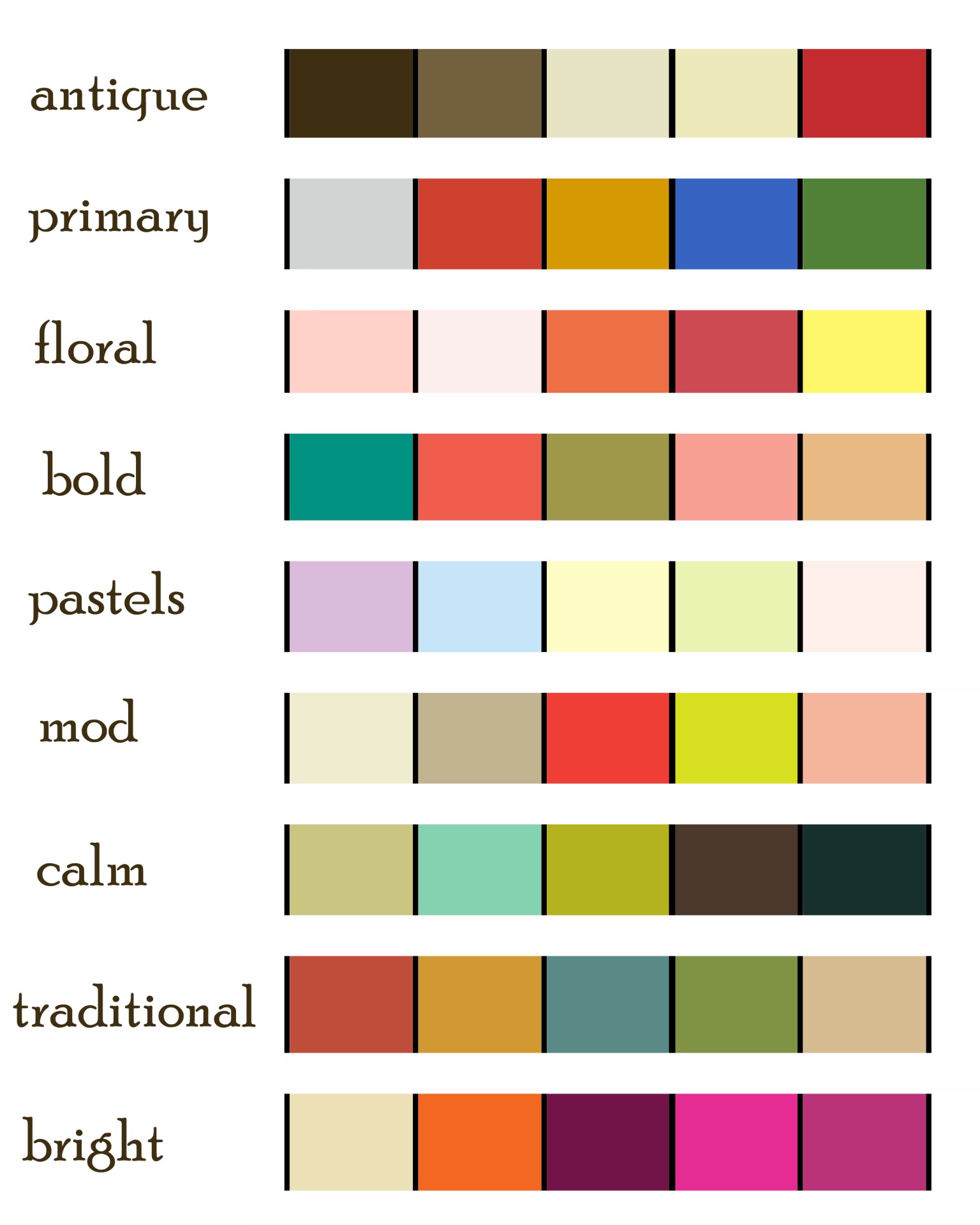



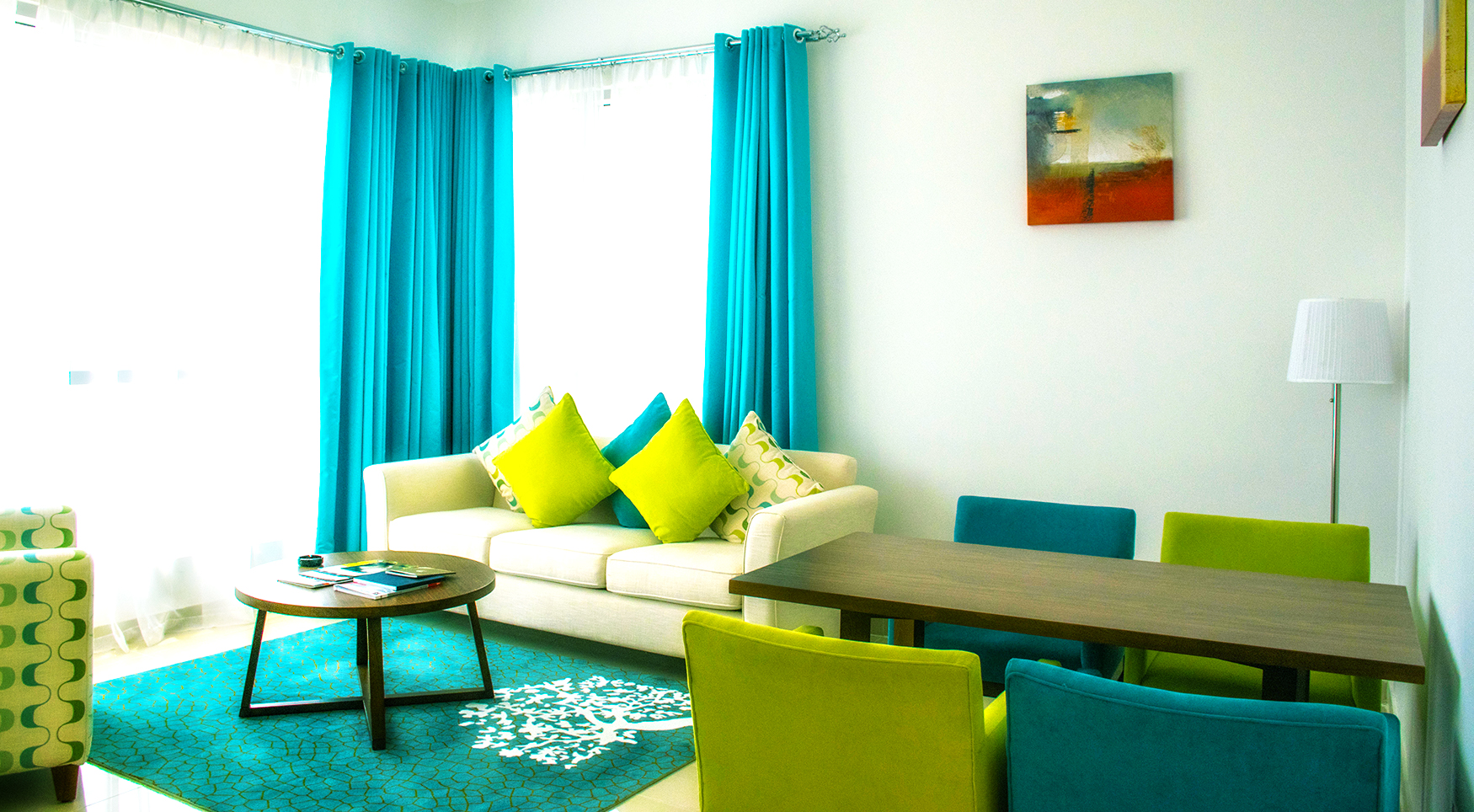




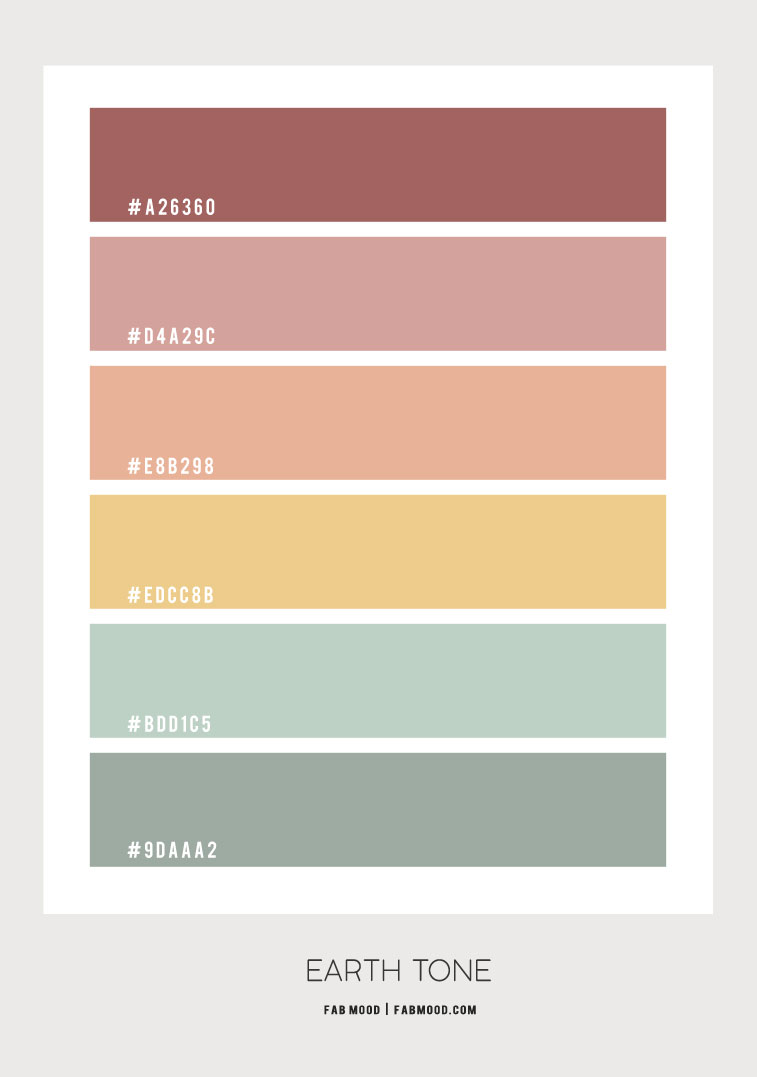

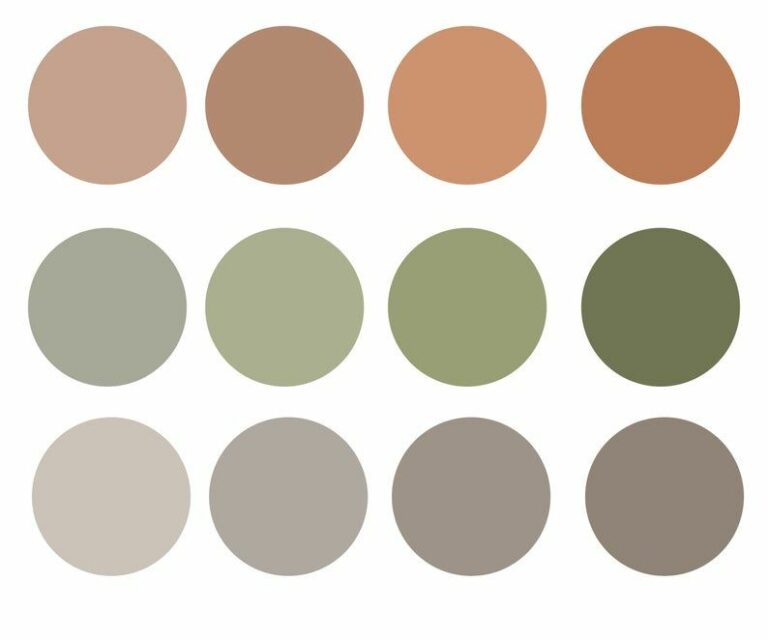





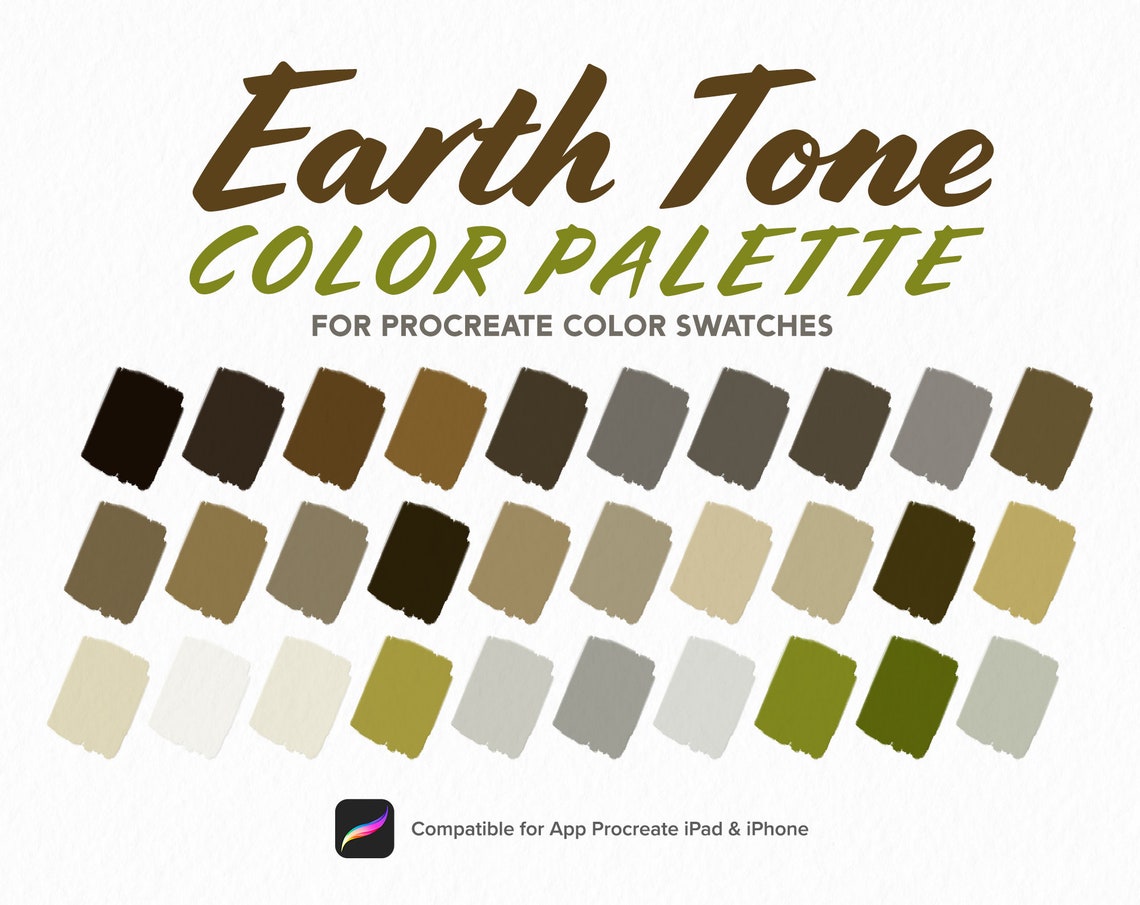
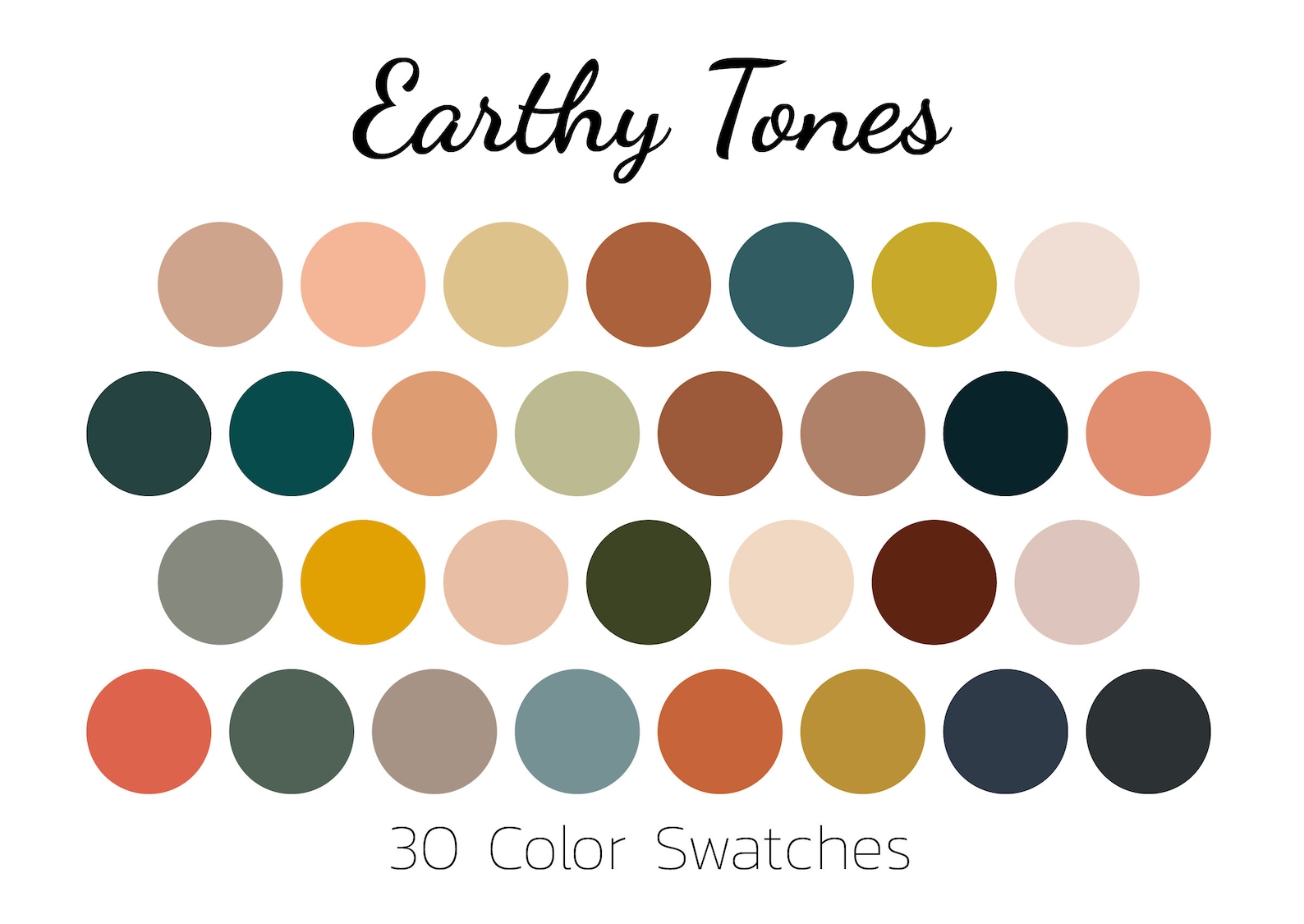




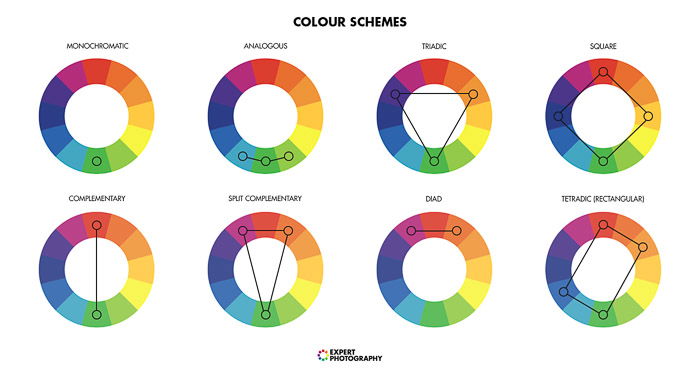

/Colorwheel-58d0206f3df78c3c4f45653b.jpg)


